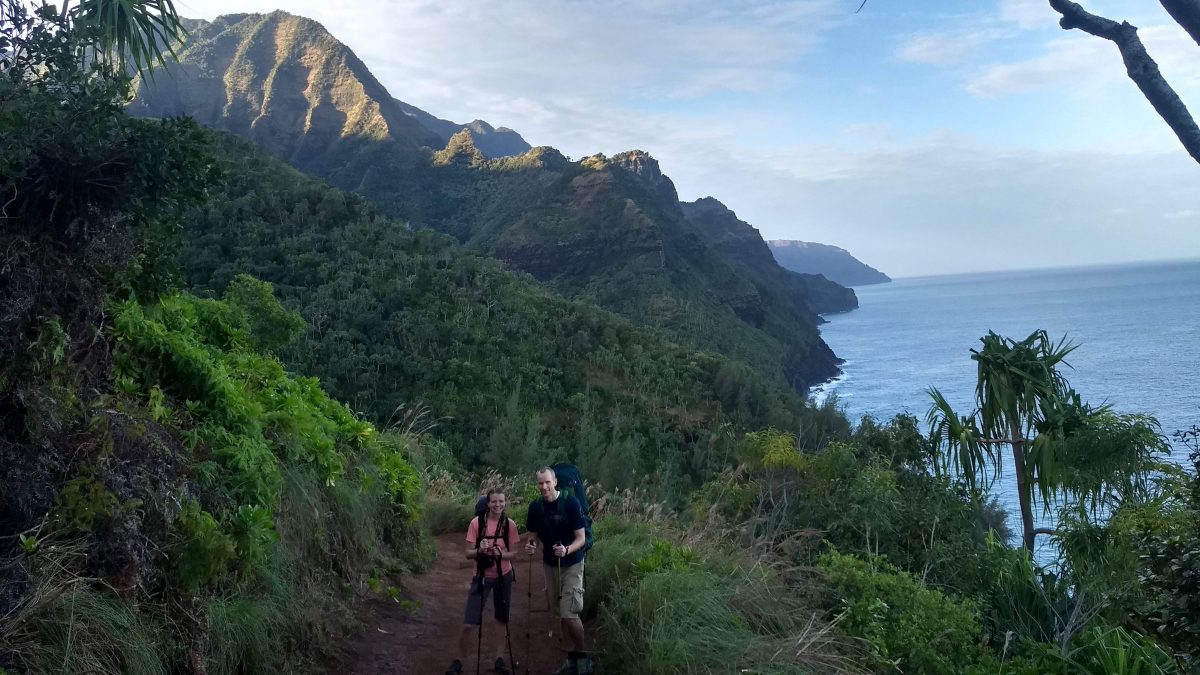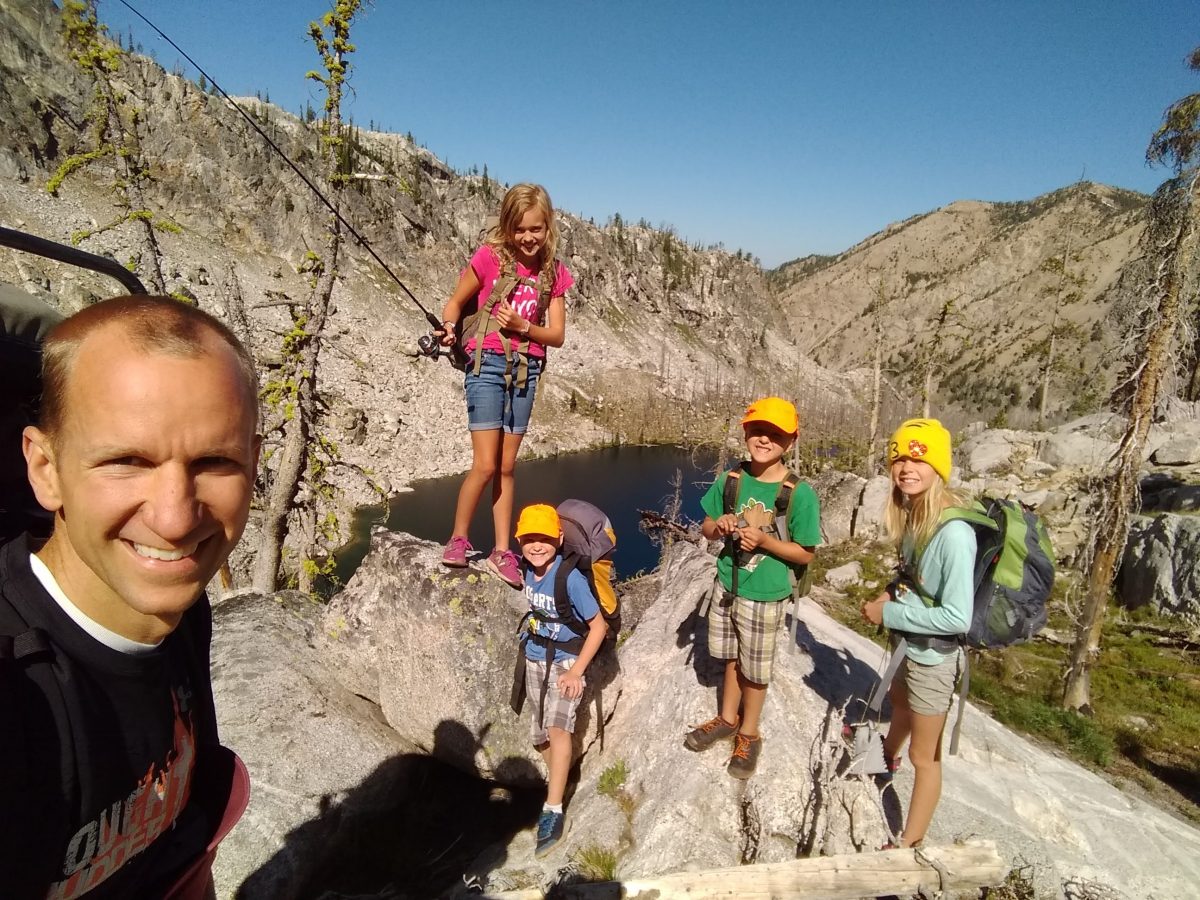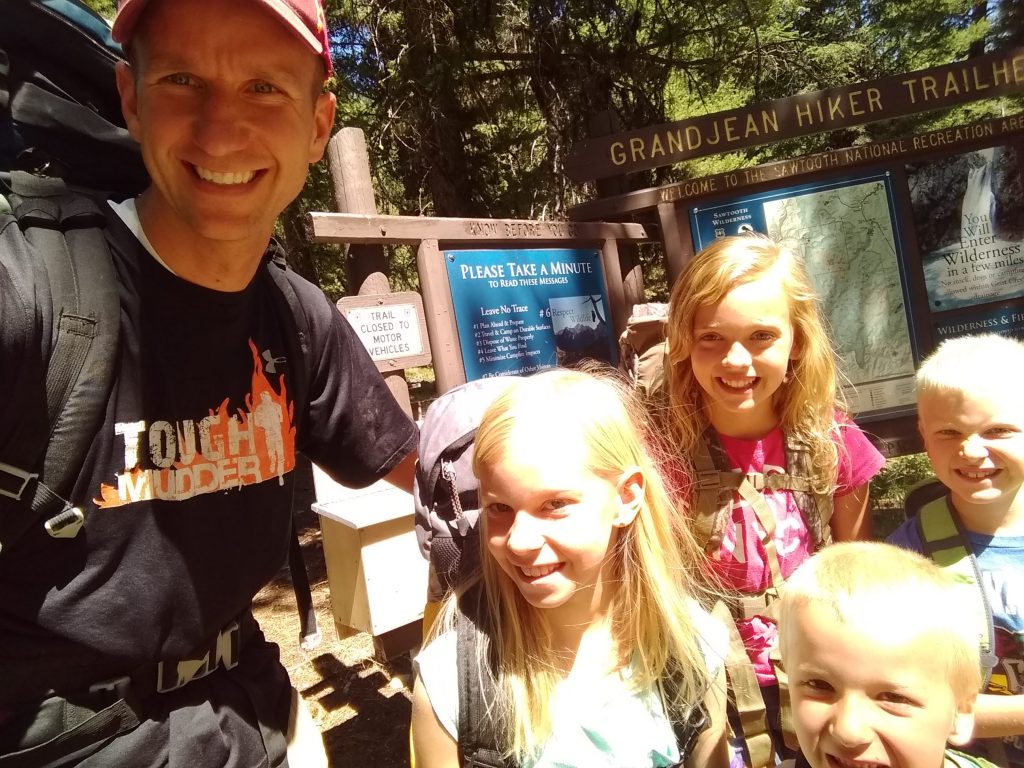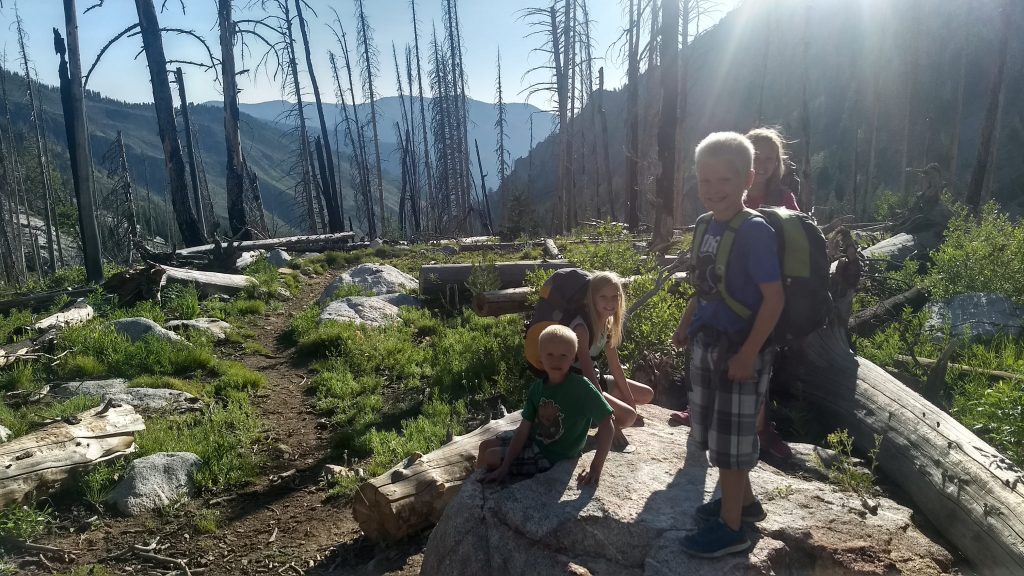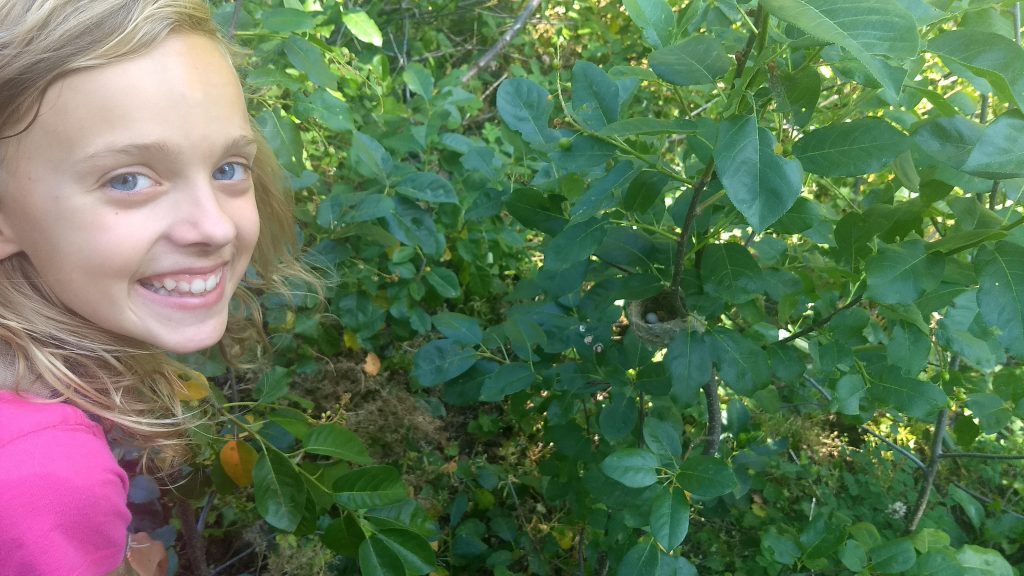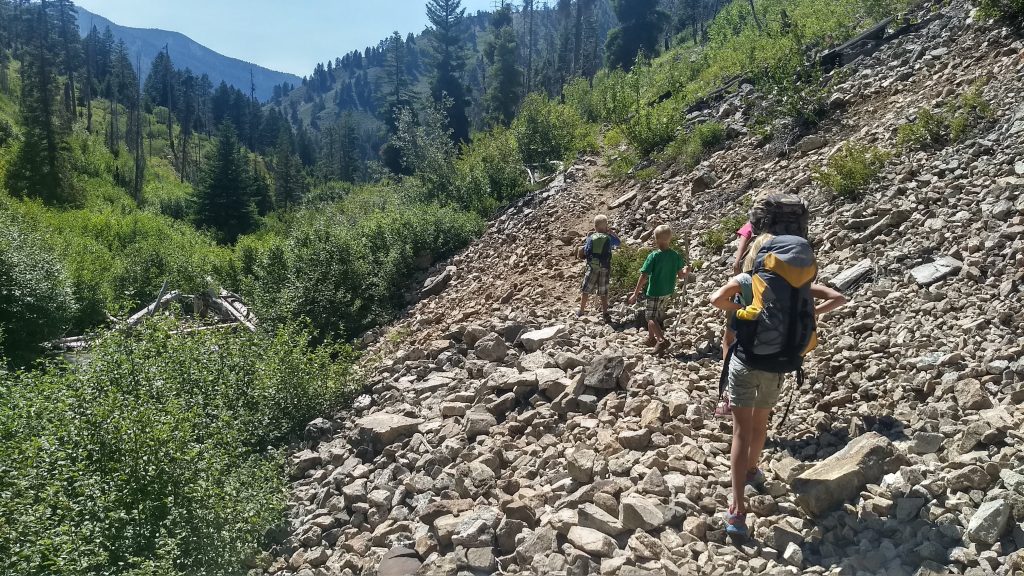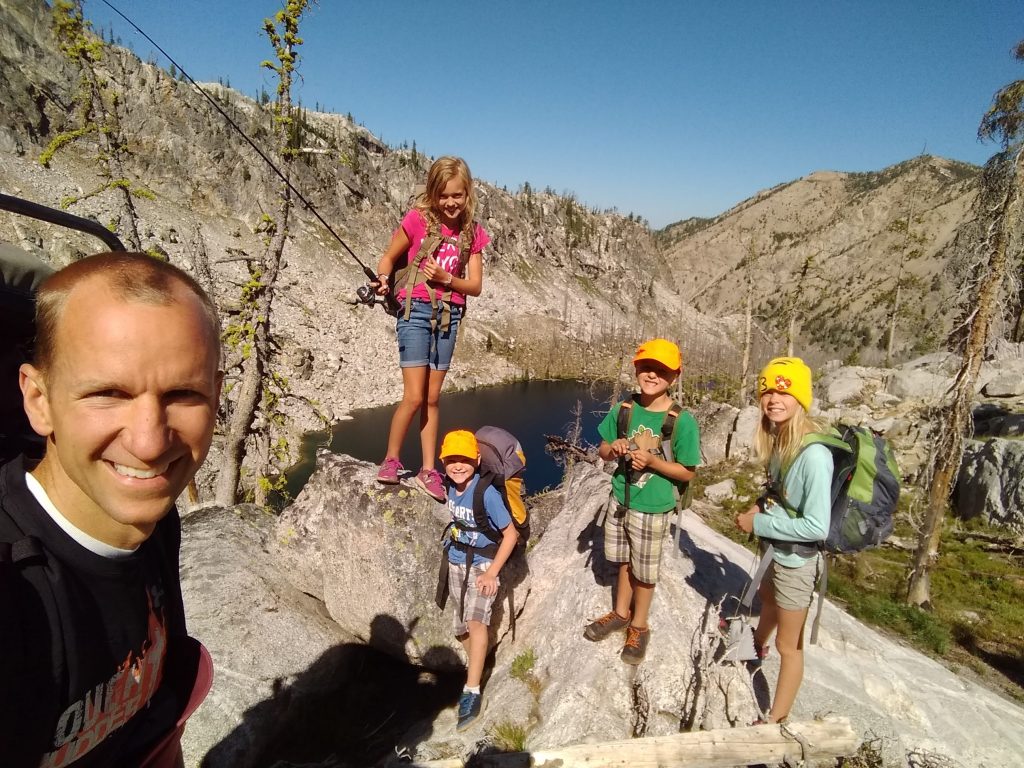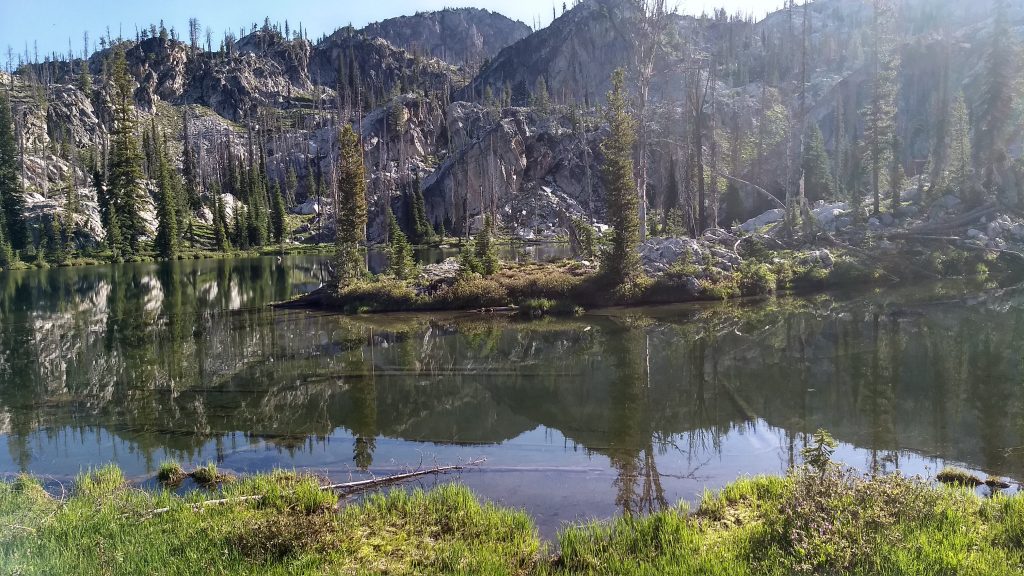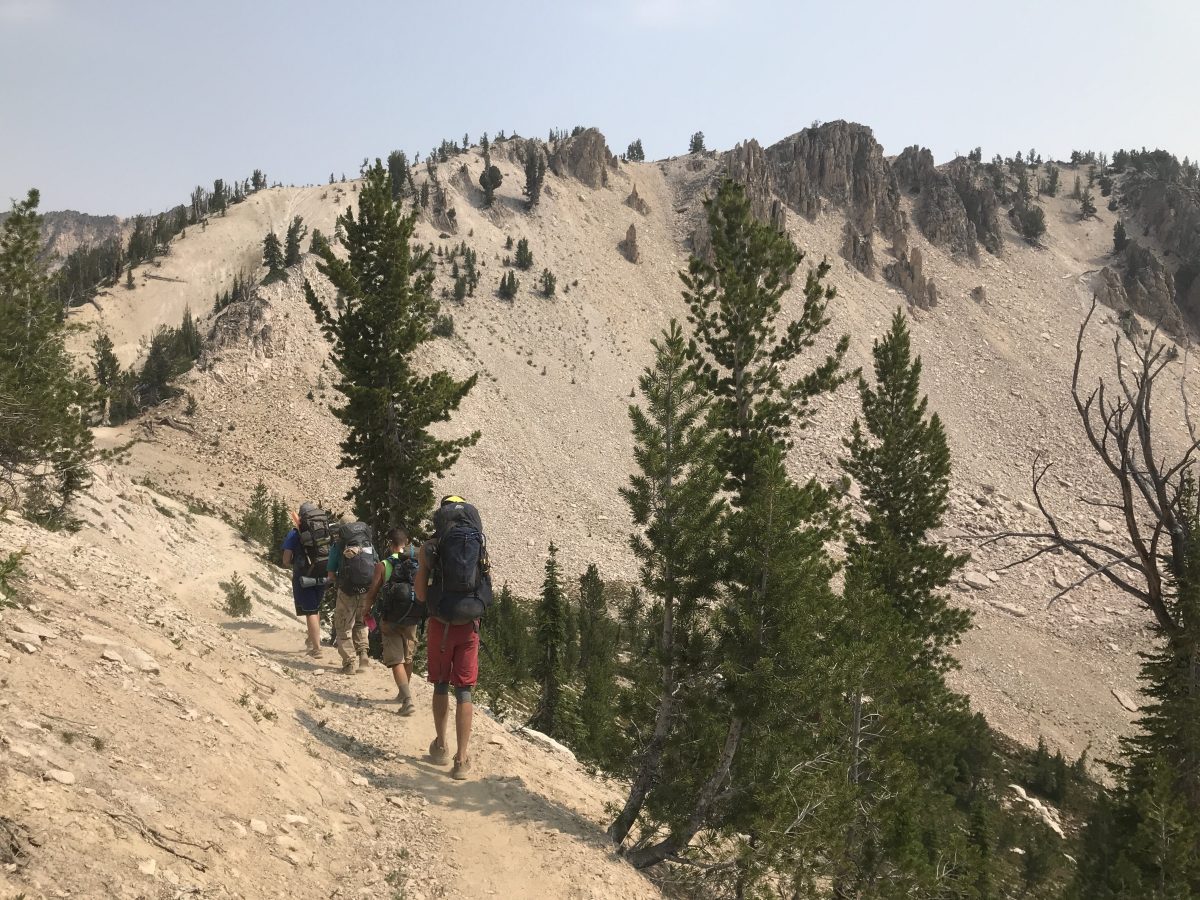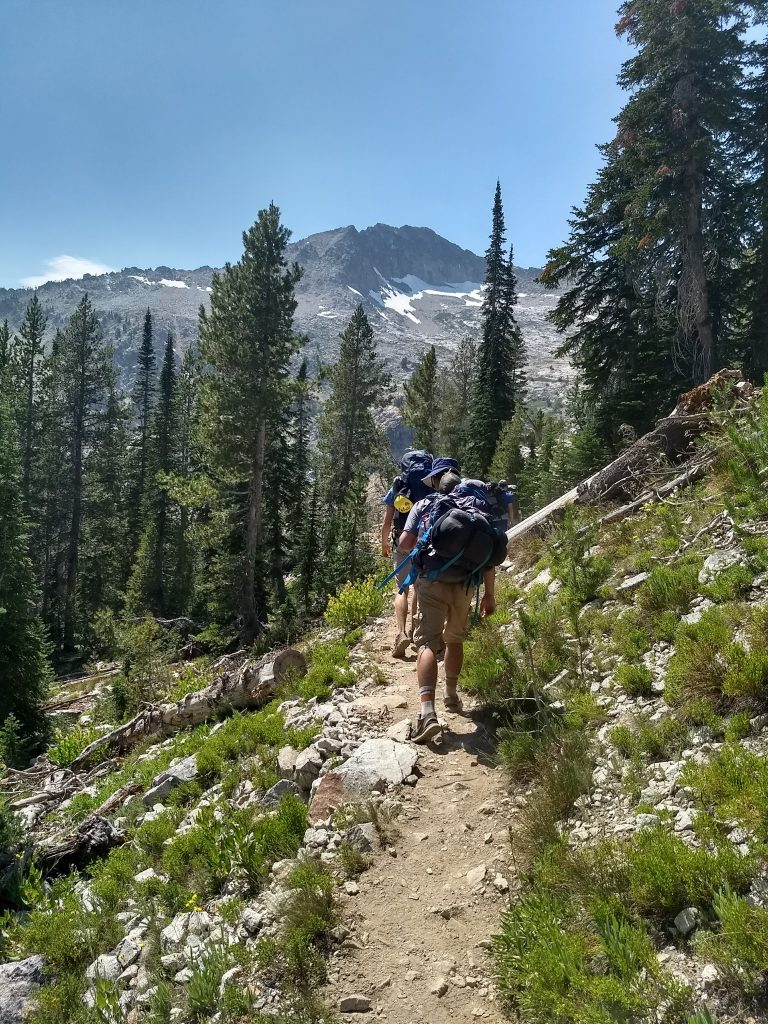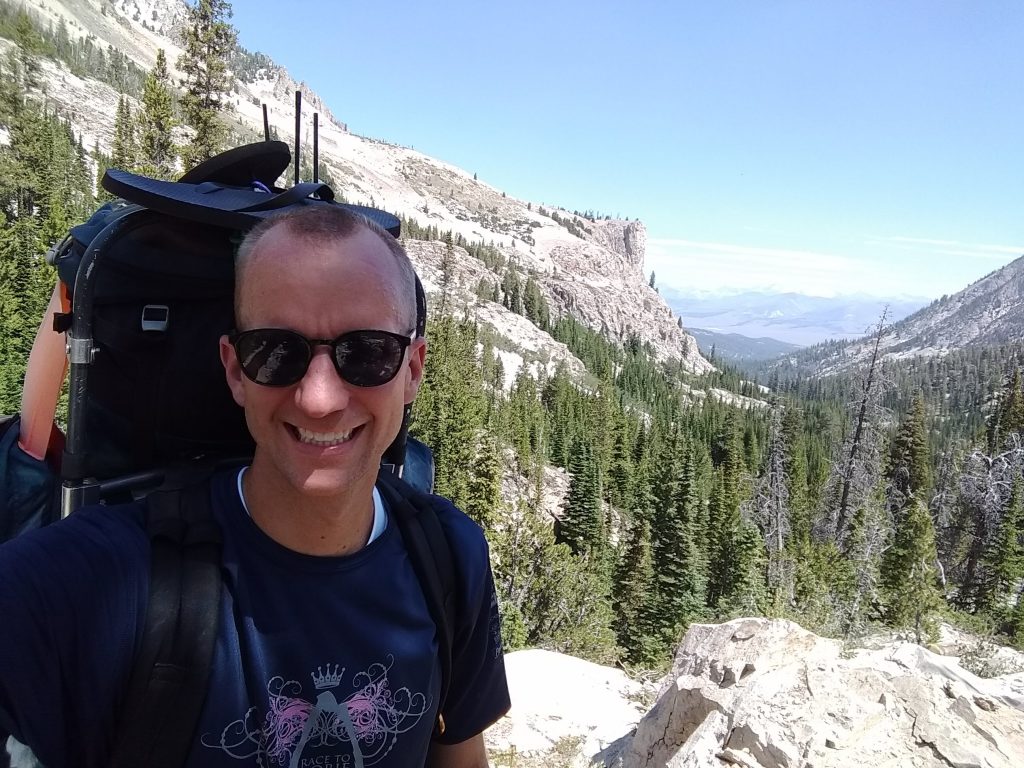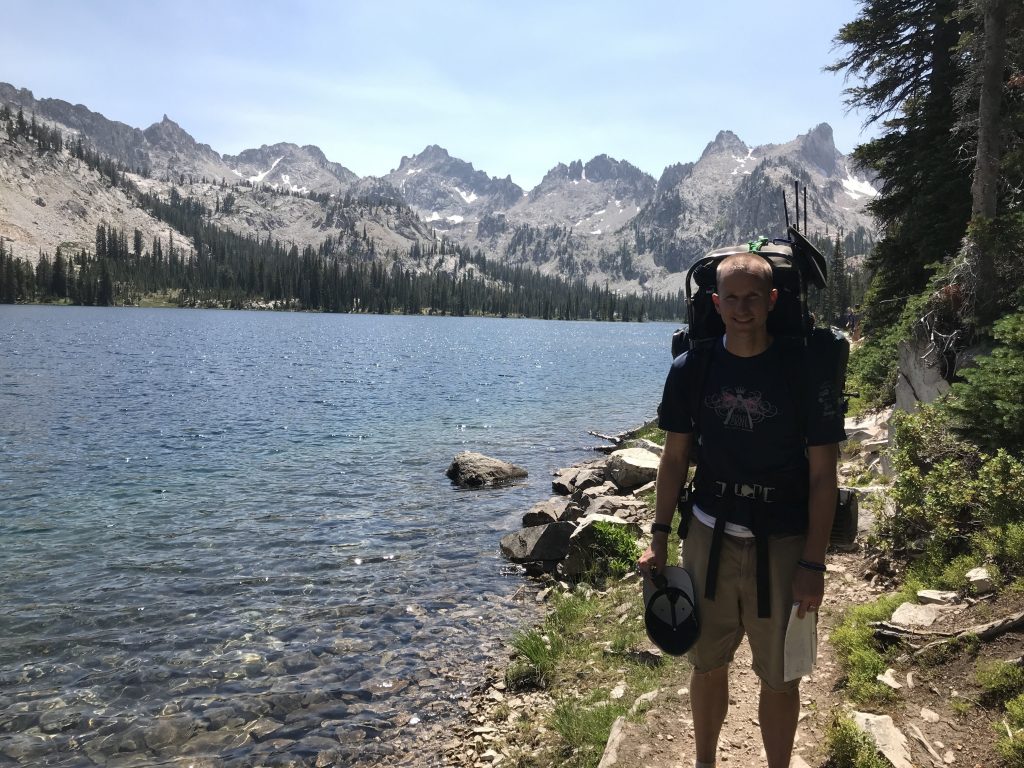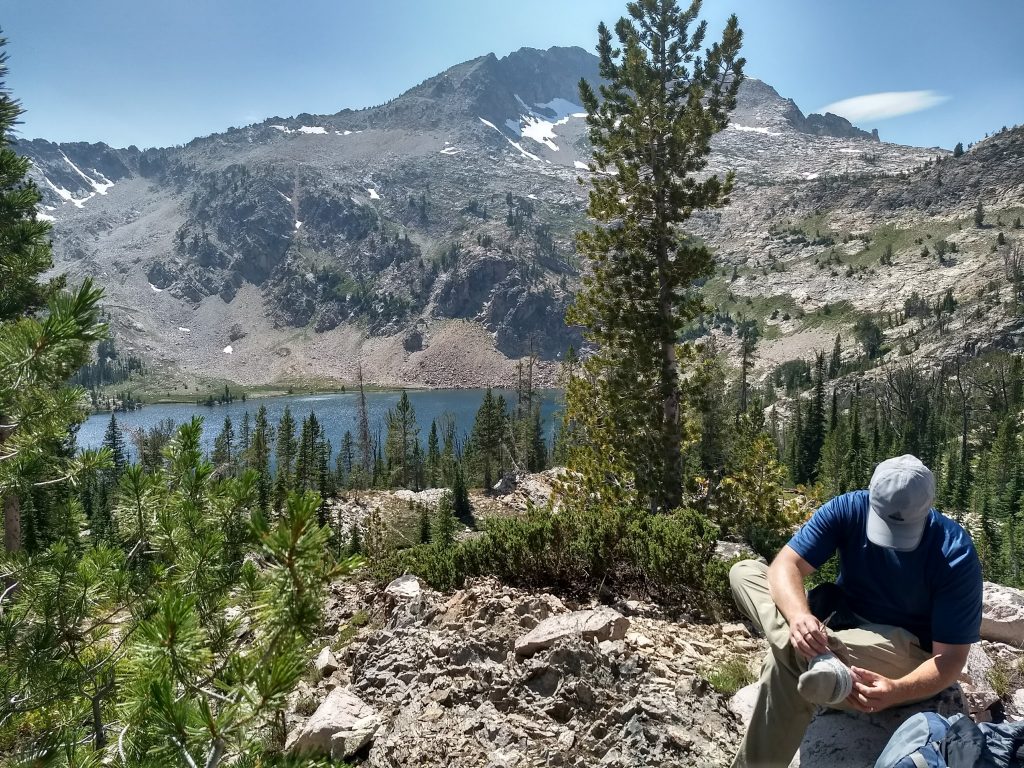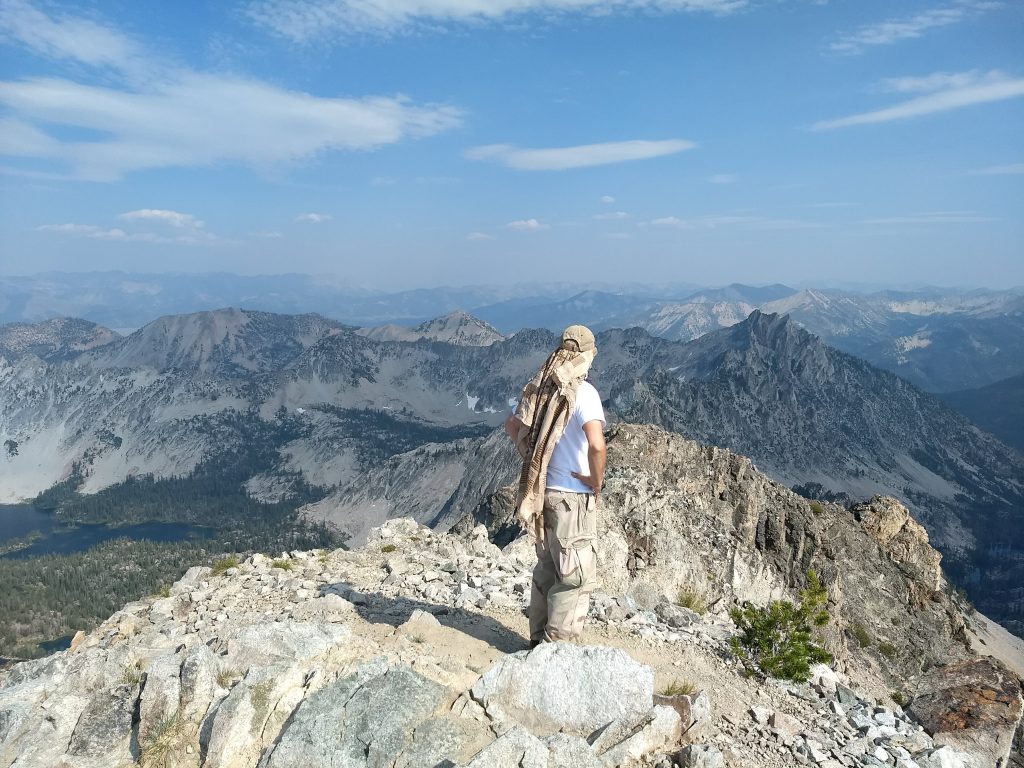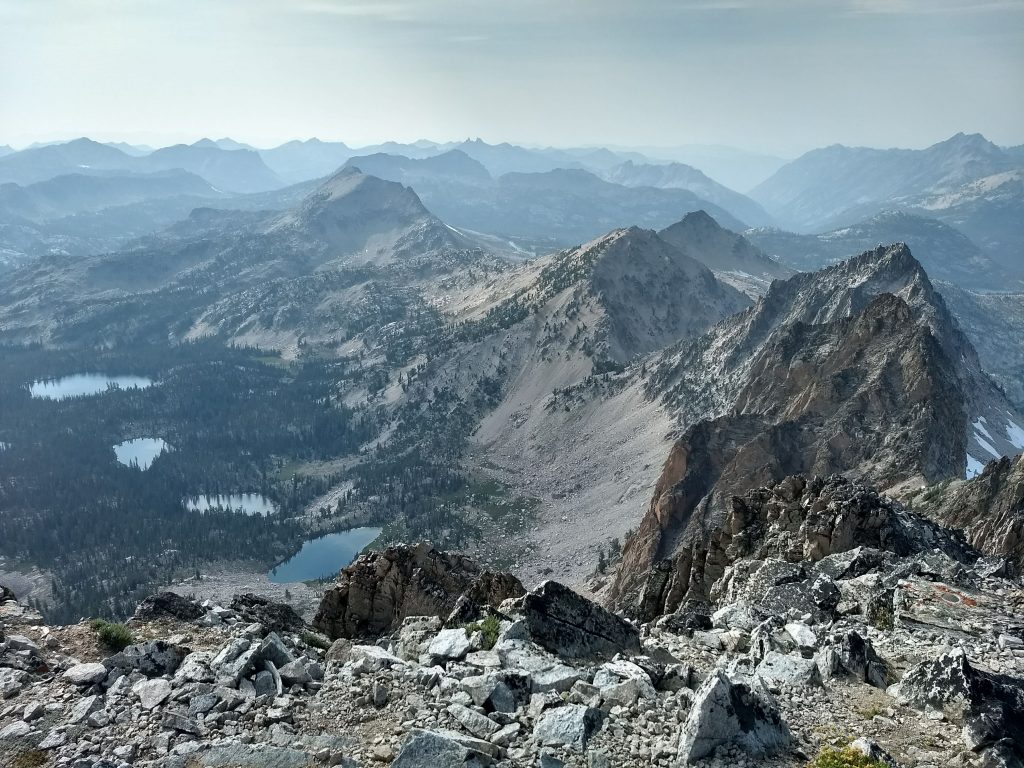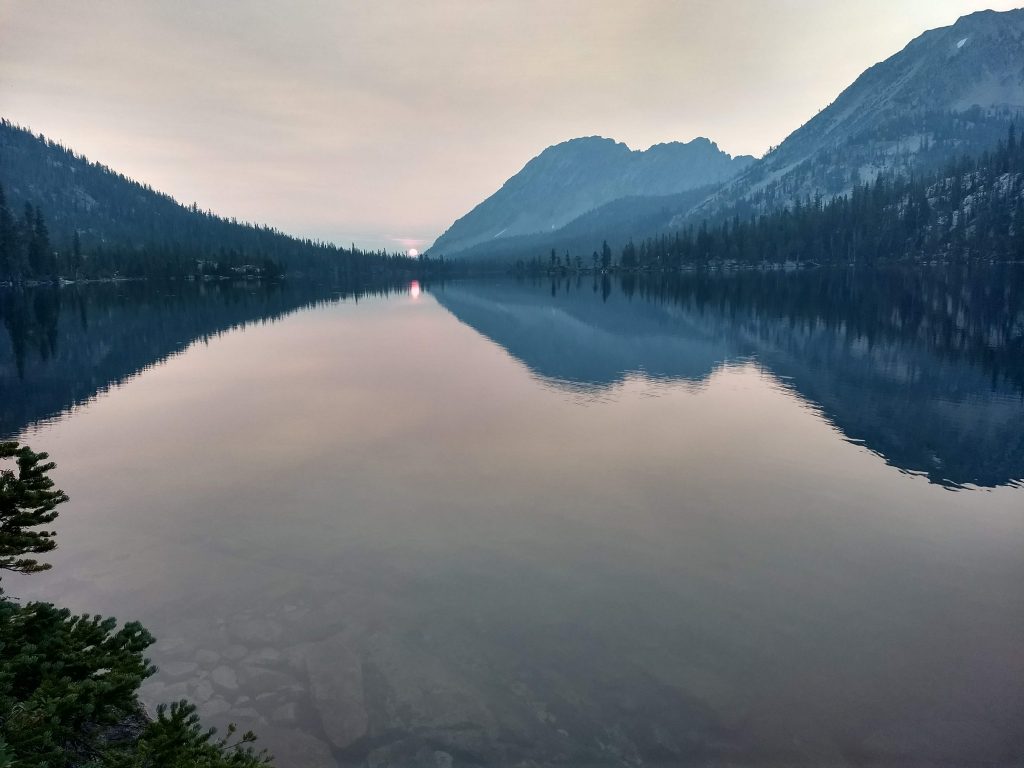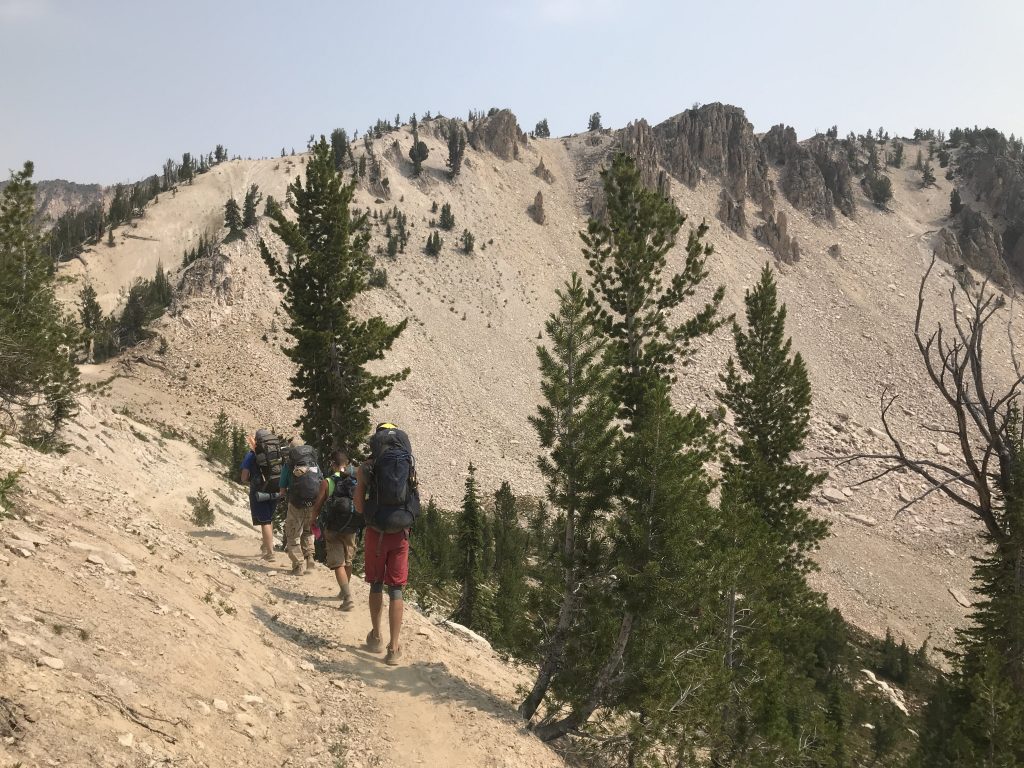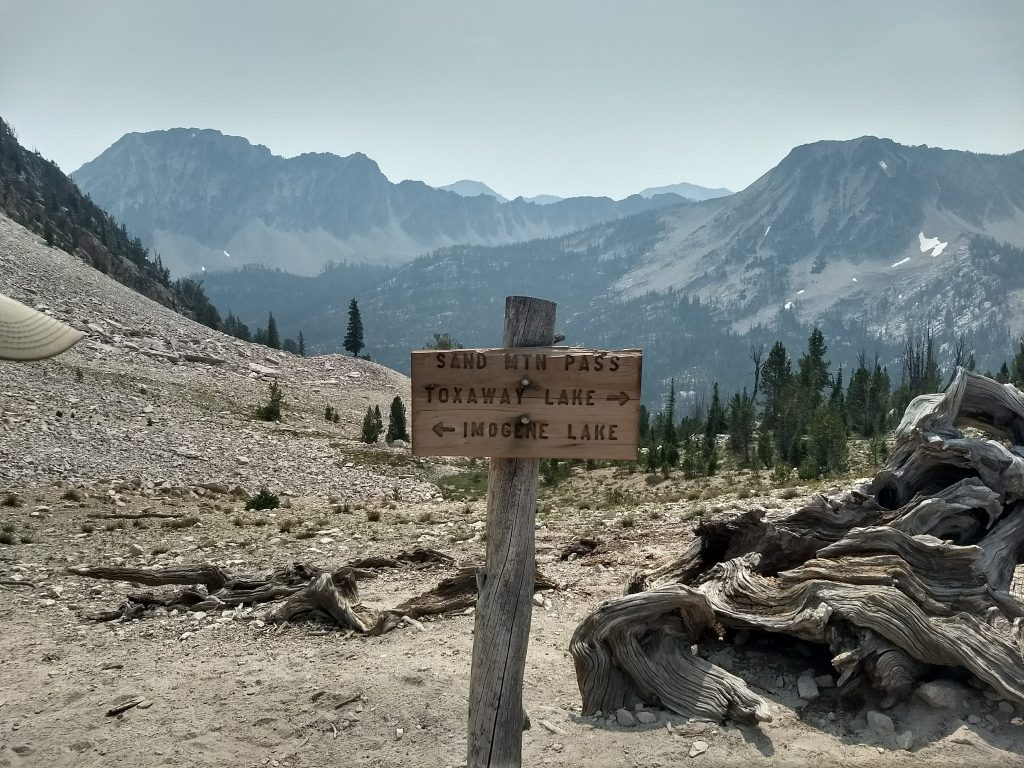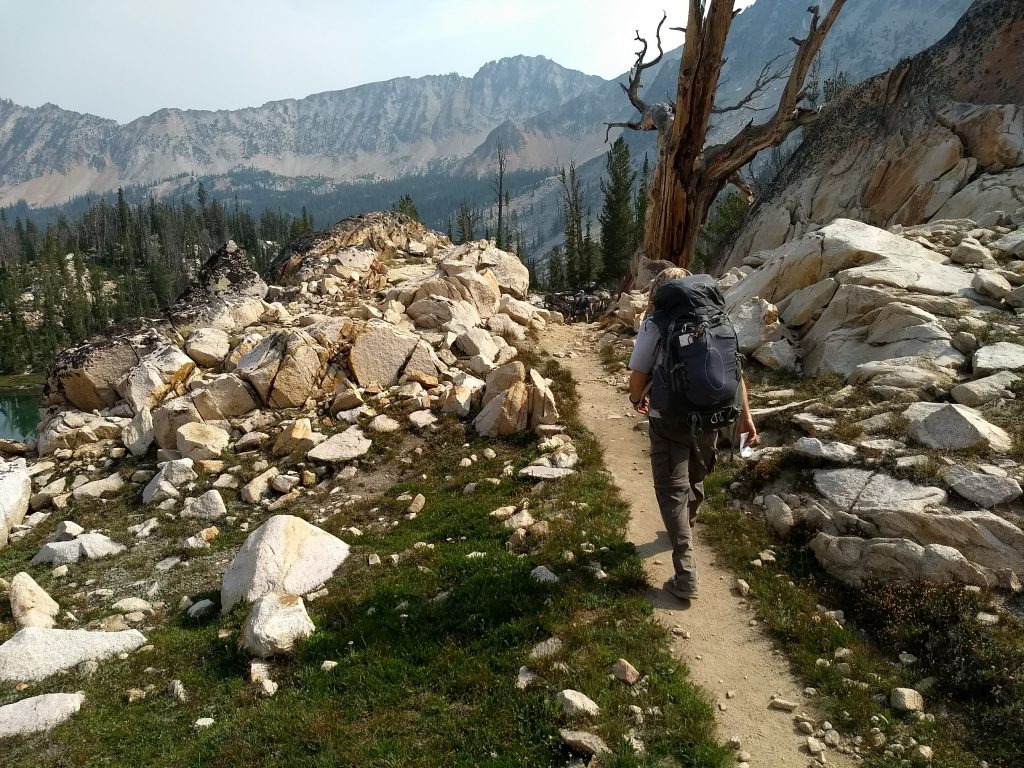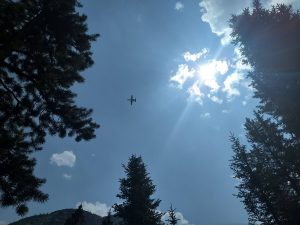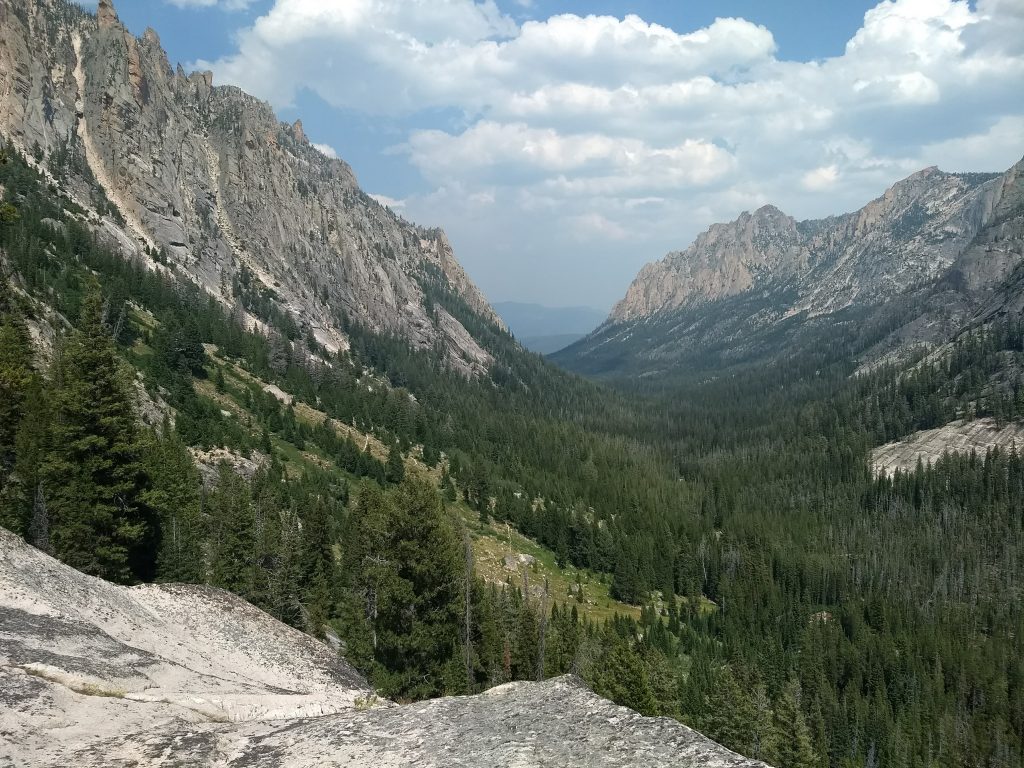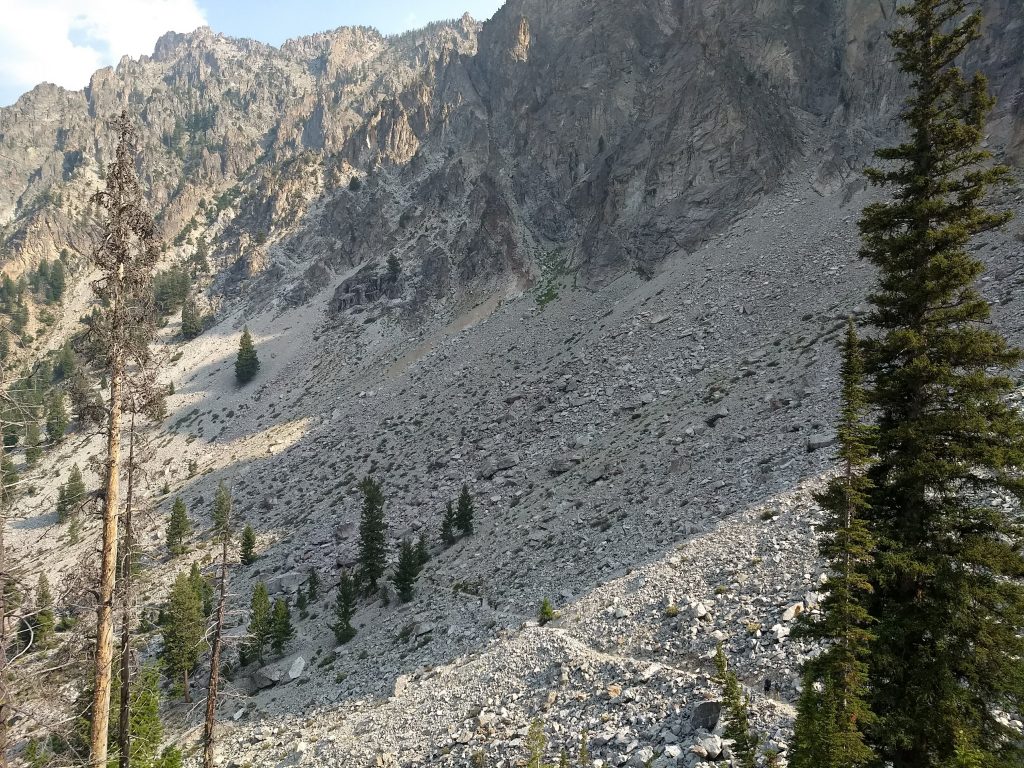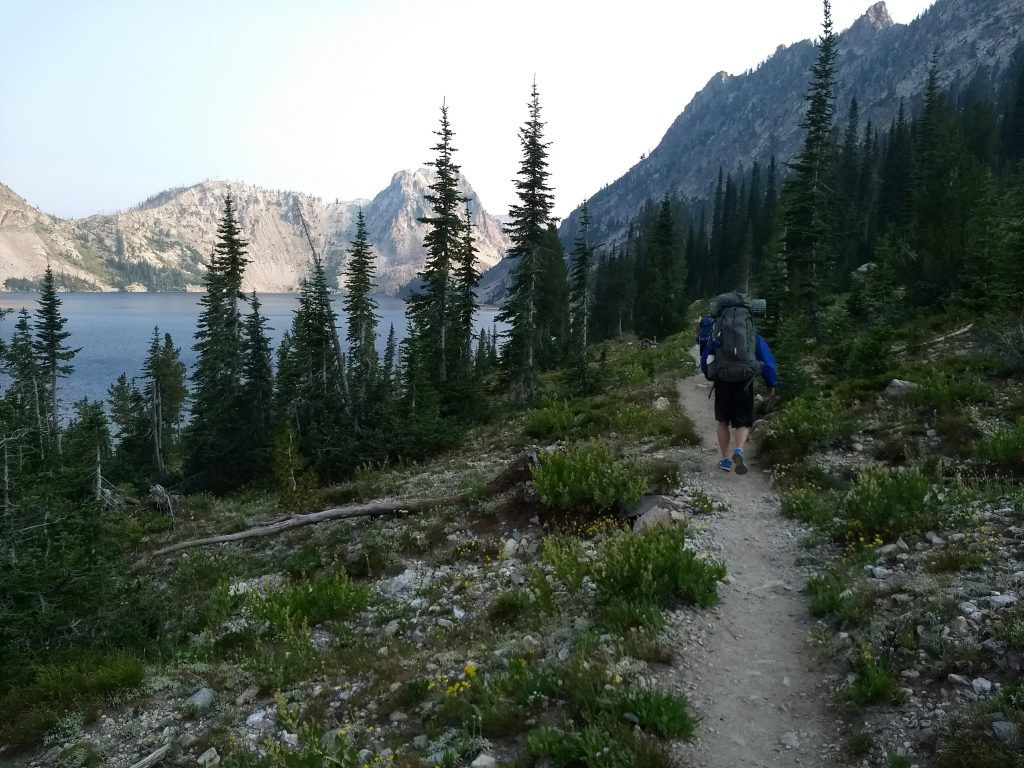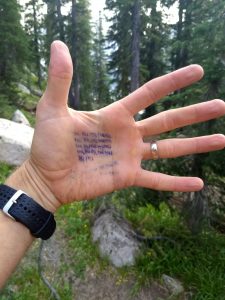Last week my wife and I backpacked the 11 mile Kalalau Trail in Kauai. The Kalalau Trail is considered one of the top backpacking destinations in the world, and it lived up to its reputation for me. It was the most spectacular backpacking trip I’ve been on, with verdant jungles, jagged mountains, oceanside cliffs, waterfalls, rivers, creeks, and beautiful beaches. Not to mention passion fruit, whales, wild pigs, some big spiders, treacherous cliffs, and lots of mud.
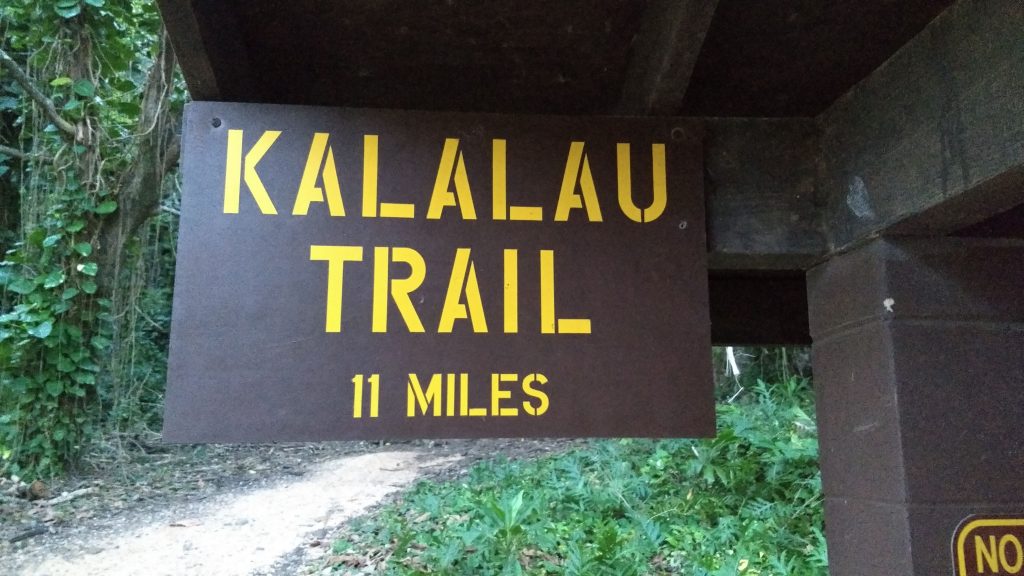
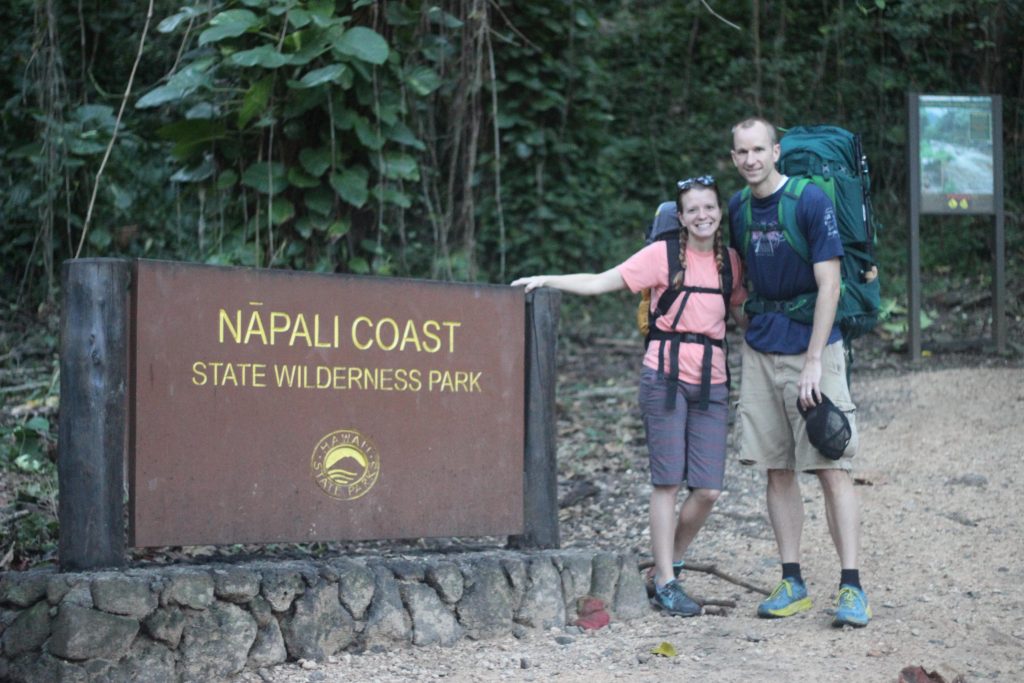
How to get to the Kalalau Trail
Two or three months before your trip, you need to purchase a permit to hike the Kalalau Trail. These can sell out pretty quickly, there are only 60 available per night (many people get them and don’t end up using them). They cost $20 per night. You can get a permit by going to the Napali Coast State Wilderness Park site. There’s also some information about the trail on the state parks site.
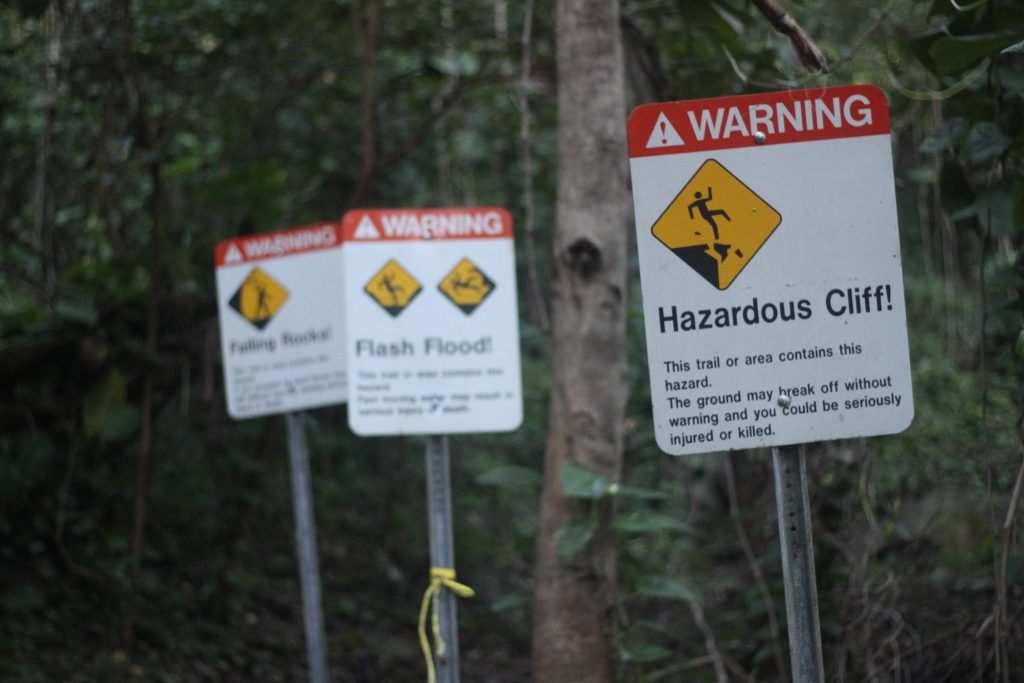
Before leaving for Hawaii, we packed our gear into two packs and put them all in a big duffel bag. I put the tent in my carry-on to save some weight.
We flew into Kauai on Wednesday at 4pm. We picked up a rental car and drove straight to Ace Hardware so we could pick up some butane (gas) for our backpacking stove. Gas canisters are not allowed on planes, so you’ll need to do the same. You can check the locations and hours of Ace Hardware online. I called the one in Lihue before we flew out to confirm that they carried butane (I heard that some of the other Ace’s on the island don’t carry it).
We next drove to Walmart to pick up some food, mosquito repellent, and a lighter. We had packed some of our meals, but needed some lunches and additional snacks. It was also good to pick up some stuff at Walmart for our whole stay so that we wouldn’t have to purchase bottled water, for example.
The Kalalau Trail is on the northwest corner of the island of Kauai. The closest decent size city is Princeville. We stayed in the cheapest place I could find for one night, an airbnb, which was still pretty expensive. If you’re up for it, there are lots of camping options around the island.
On Thursday morning we left early to give us the most time on the trail. It was easy to get up since we were from the mainland (3 hours ahead of Hawaii time) and since there were roosters crowing starting at 1:30am! Ugh!
We parked in the Hāʻena State Park parking lot. The cost is $15 per day (two nights = three days). I was a little worried about someone breaking into our car, so we didn’t leave anything valuable in there. At the very least I would make sure that anything you leave in the car is well hidden. This is a new parking option as of November 2019.
We lucked out with some fantastic sunny weather on Thursday. The Kalalau Trail is often closed due to rain. In fact, we were hiking on the 16th. From the 10th through half of the 14th the trail was closed! And as you’ll see below, the trail was closed again on the 17th. We lucked out by having scheduled our hike in a 2 1/2 day open window.
The reason the trail closes is that there are rivers that you need to pass that will become impassable with any steady rainfall. The rivers are actually the most dangerous part of the Kalalau Trail (not the cliffs).
How can you avoid closures? First, we were hiking in January, the middle of the winter. Winter in Kauai means more rain — about double the rainfall in the summer. You’ll maximize chances of an open trail by going in May through September. This site has a chart showing rainfall in Wainiha, right near the trail head.
Second, try to be flexible when you go. I know this is difficult since you need to get hotel reservations, but if you can alter your starting day by a day or two you may have a better chance of making it on the trail.
You can check the weather for the trail at this link.
You can check if the Kalalau Trail is open on the state parks website. If it’s not open, there will be a red alert at the top of the page.
Overview of the Kalalau Trail
We started hiking right around 7:30. Once you’re at the actual trail head (something like 1/3 mile from the parking lot), the trail immediately starts climbing a steep hill. Not too far into the trail you’ll start getting some great views of the coastline.
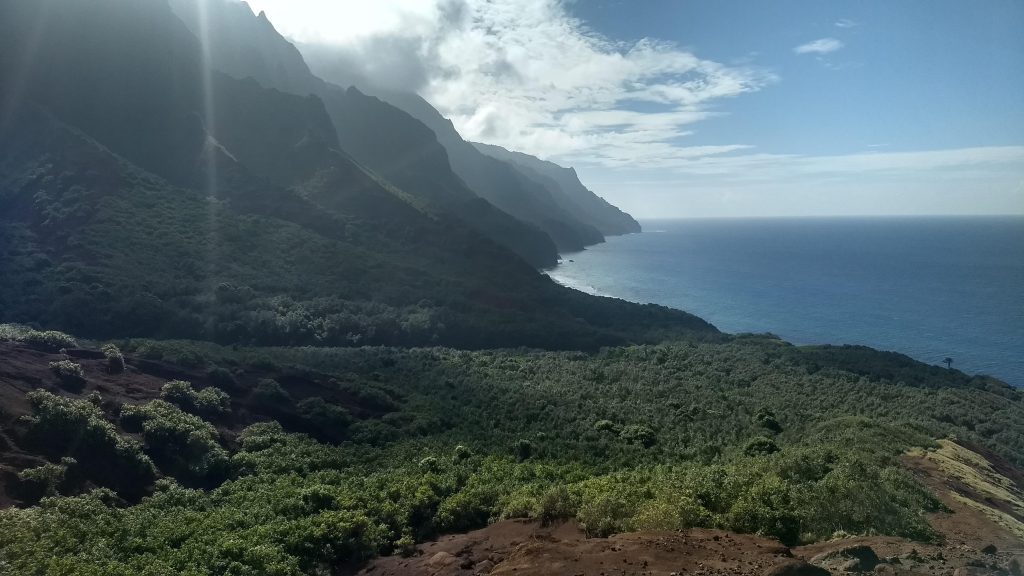
The Kalalau Trail is basically composed of 3 segments:
- The first two miles from the trail head to Hanakapi’ai stream and beach. The Hanakapi’ai Waterfall is two miles from the beach up a different trail.
- Mile 2 to mile 6 from Hanakapi’ai to Hanakoa Stream. You can camp in the Hanakoa valley, but there’s no beach access. The Hanakoa Waterfall is a mile from the camping spot on a trail up the valley.
- Miles 6 to mile 11 from Hanakoa Valley to Kalalau Beach. (At approximately mile 7 you’ll cross the infamous Crawler’s Ledge.)
Hiking the Kalalau Trail, Day 1
Since we were early there weren’t many people on the trail. All the people we did see on the trail in the first couple miles were just going the first couple miles to Hanakāpīʻai. That’s the first major stream crossing. From there the trail splits. People with permits can continue on the Kalalau Trail, but most people (without permits) either turn around or go to the Hanakāpīʻai waterfall, which is another two miles from the junction. That makes for a great day hike if you don’t have the time or desire to go all the way to Kalalau Beach.
We took our shoes off to cross the stream as we were still mostly dry and didn’t want to hike in wet shoes all day.
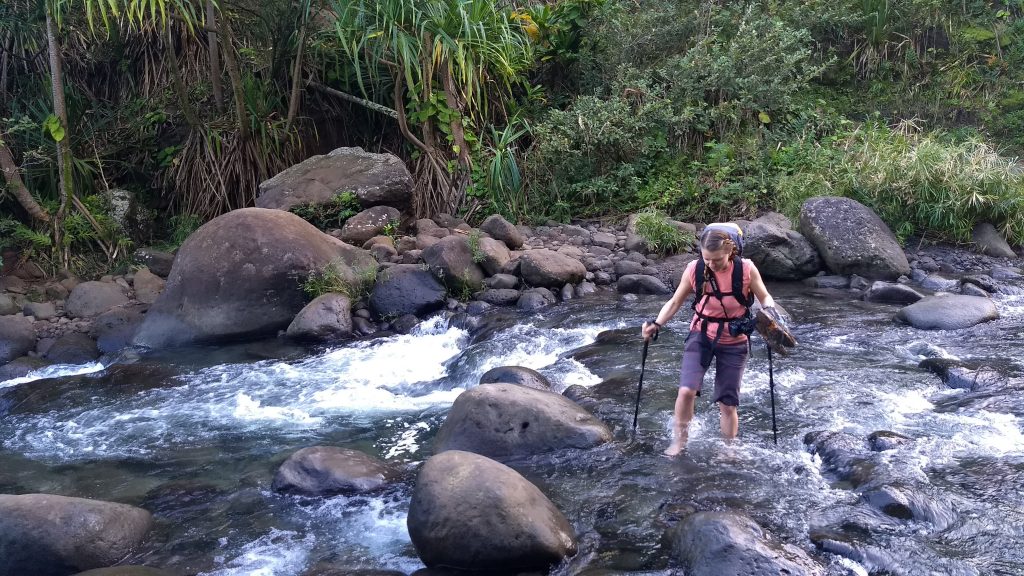
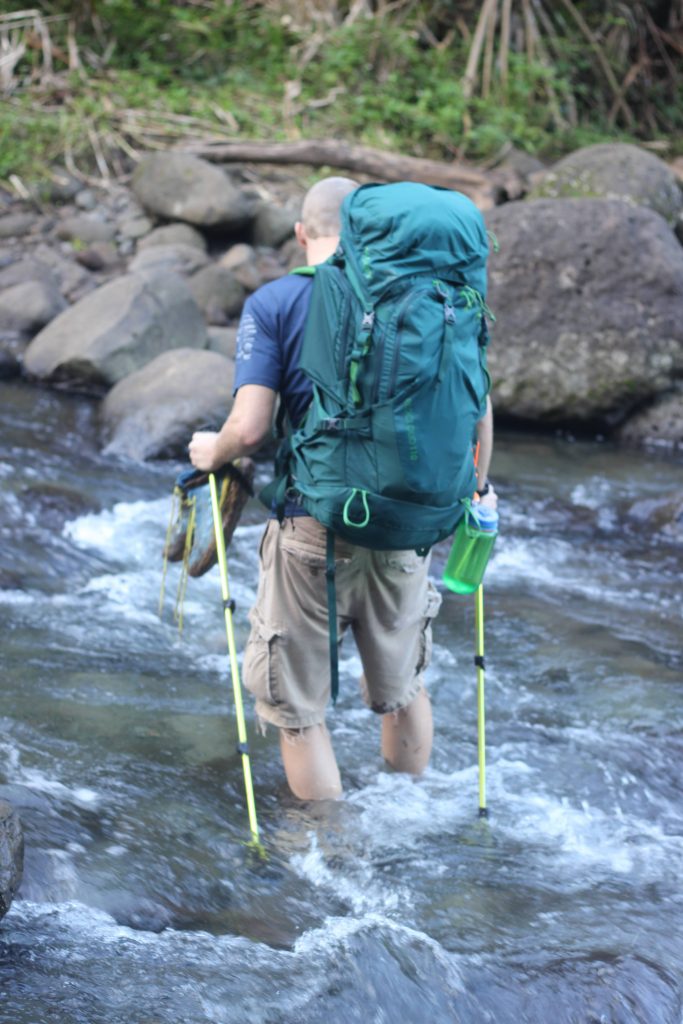
There’s a decent outhouse near Hanakāpīʻai Beach, in case you need it.
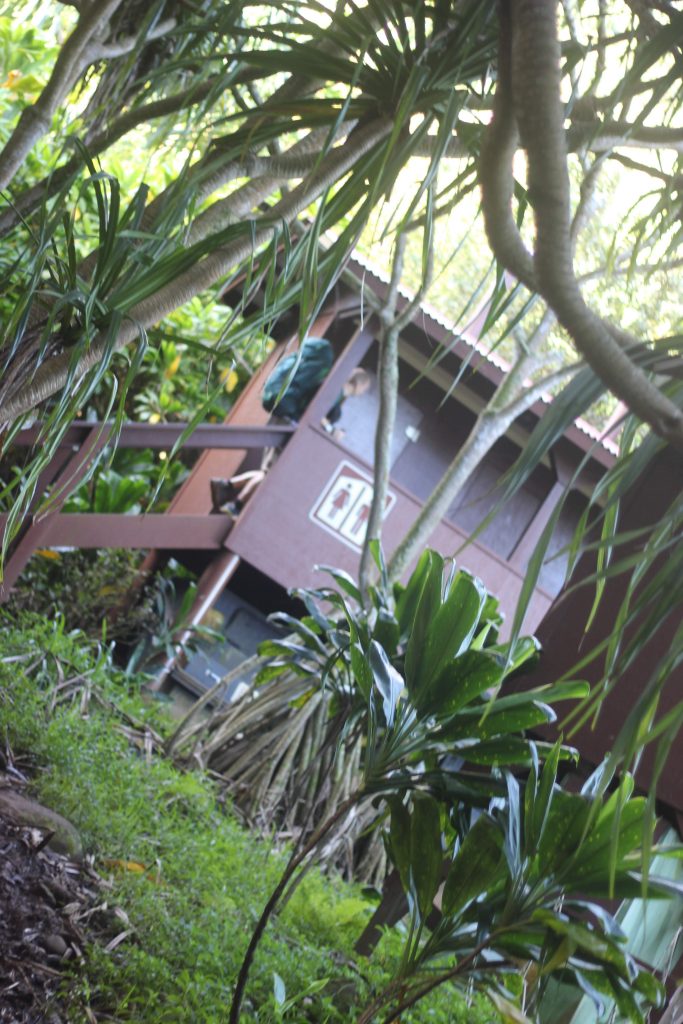
Be careful at Hanakapiai Beach! You probably shouldn’t swim in it. Here’s a story of a couple kids getting swept out. And another story and video of a rogue wave.
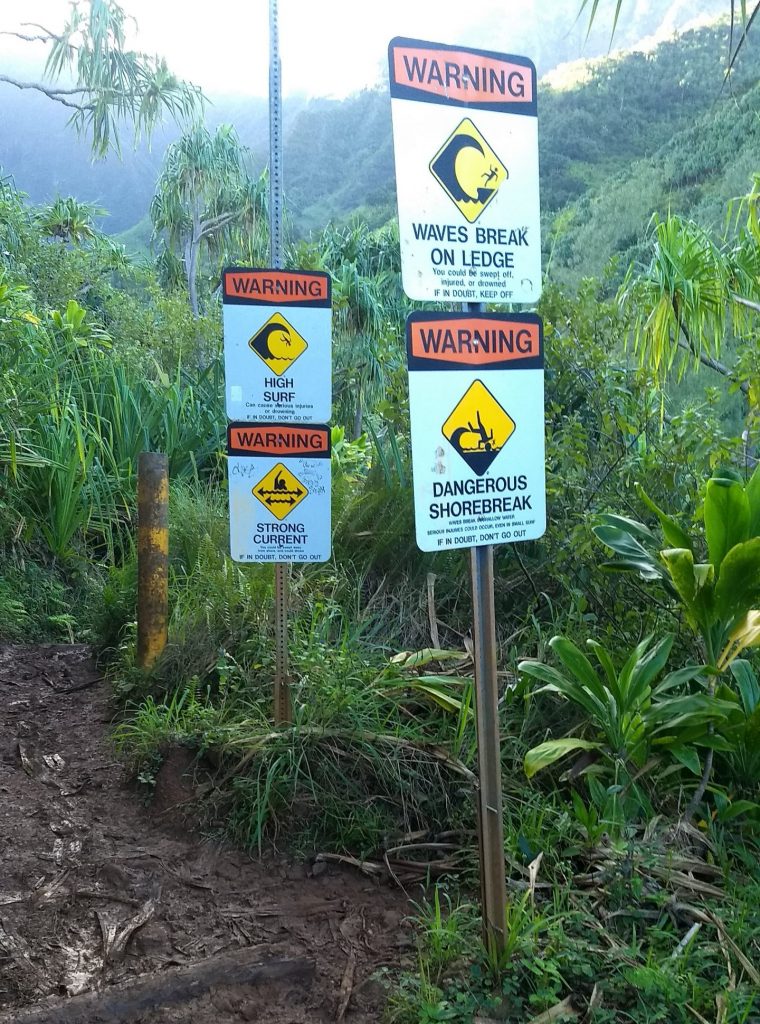
We ate half our lunch at Hanakapi’ai and then started back on the trail.
Throughout the morning I was continually amazed by the green jungle foliage. There was a variety of trees, bushes, and shrubs. There were flowers and many shades of green.
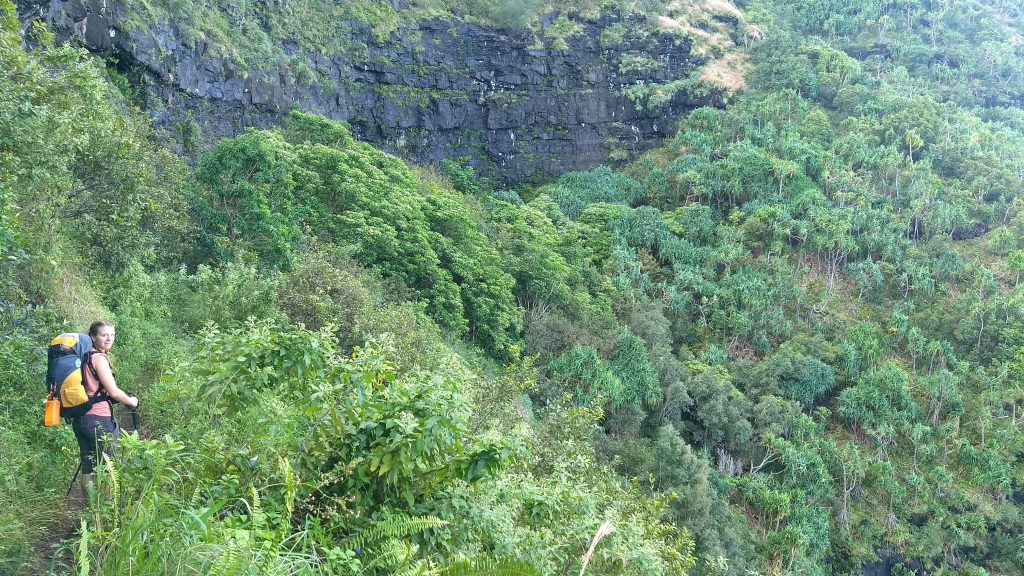
Small creeks crossed the trail in many places and there was mud everywhere, mostly due to the recent rains. The mud was enough to make our shoes and legs dirty, but not enough for us to get stuck in or to hamper our progress too much. I’ve done quite a bit of backpacking and I’ve never relied on hiking poles. Hiking poles may ease some of the pressure on your knees and legs, but they also cause you to expend more energy since you’re basically pumping weights the whole time. However, I purchased a pair of hiking poles for this trip and Cyndi borrowed a pair from a friend. We were very grateful we had them. They helped with the mud and with all the slopes and steps.
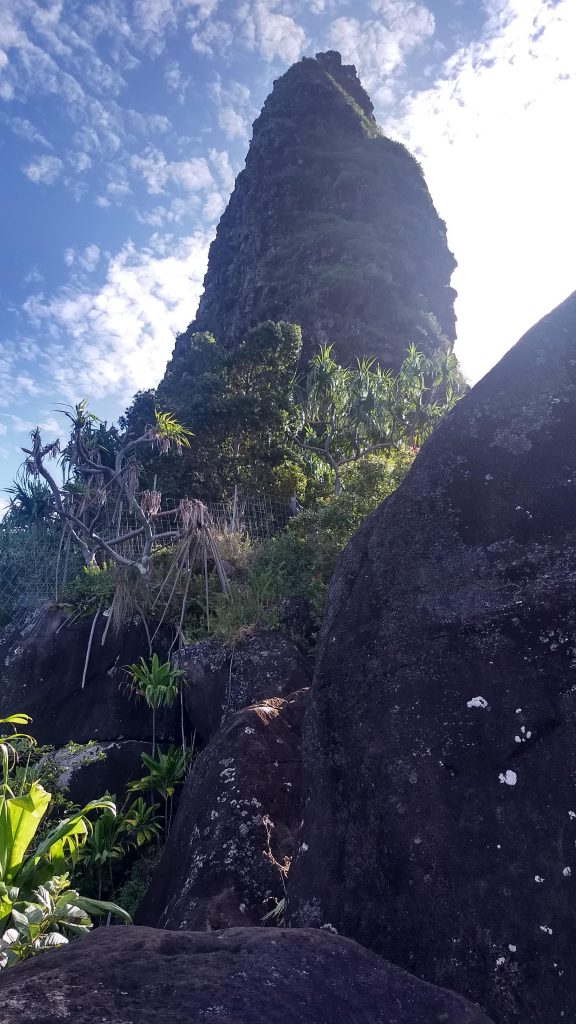
Eventually we made it to the beautiful Hanakoa valley where we had to cross another stream. There are some camping spots there and some were taken from people coming back. There is a little shelter with picnic tables on both sides of the creek, and an outhouse on the north side of the creek.
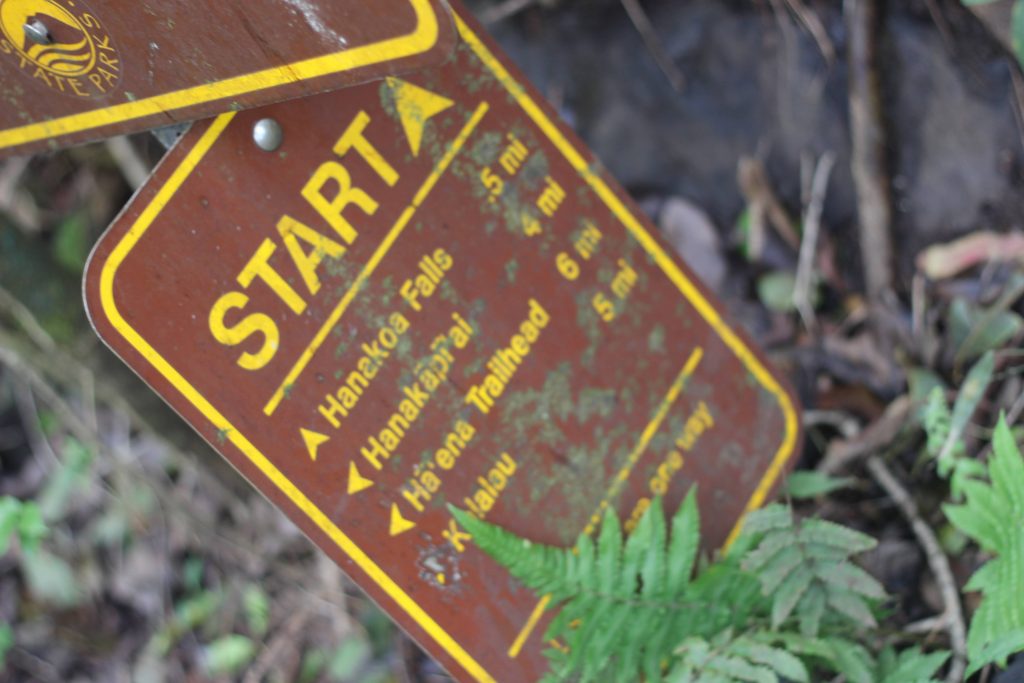
We had been hiking near a South Korean from Canada who was hiking solo. We saw him stop to take one of the lower camping spots. He planned on continuing on the Kalalau the following day. More on him later…
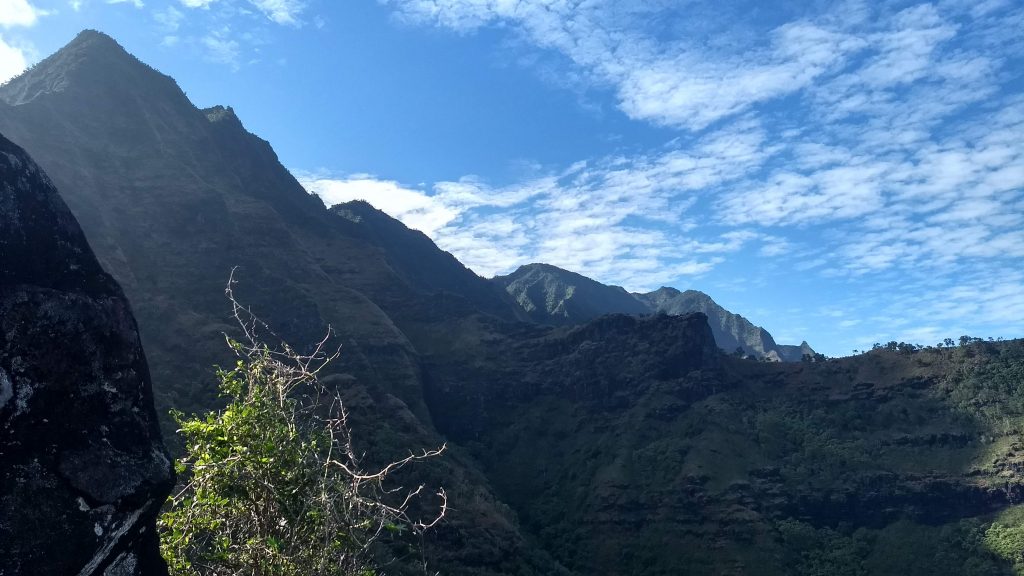
We continued on our way knowing that Crawler’s Ledge, the most famous part of the Kalalau Trail, was about a mile farther. (Cyndi was nervous about it.) We knew when we got to it. First you switchback down a grassy and rocky bank and then make your way around to the rocky cliff.
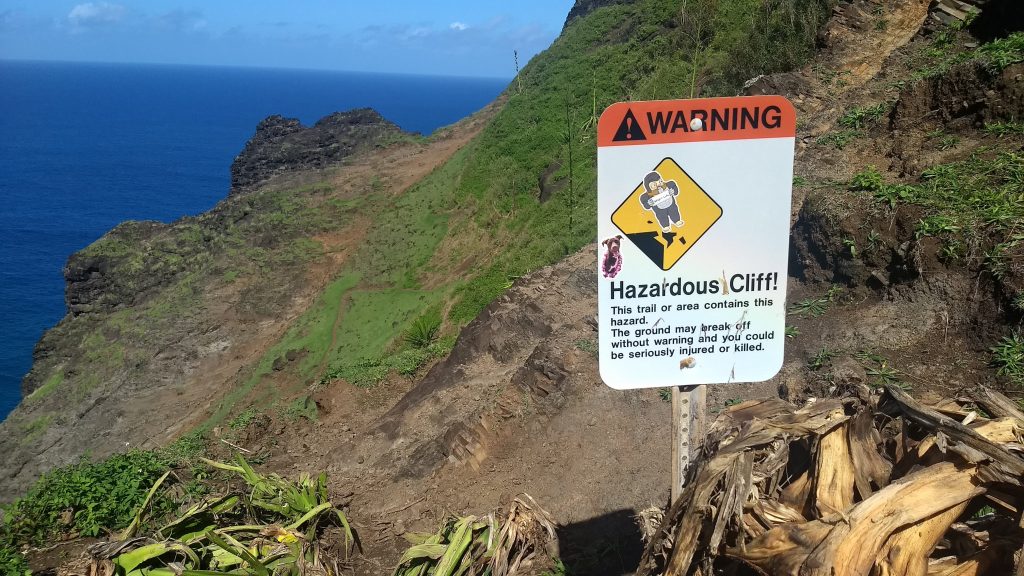
We took it easy on Crawler’s Ledge, but I really didn’t think it was too bad. Later, a friend said she was told that if you can walk across a sidewalk without falling over, then you’ll be fine. This is pretty accurate. Even if it was raining I don’t think I’d be too worried about it. In fact, there are other places on Kalalau Trail that are more dangerous, although they don’t feel as dangerous (if that’s any comfort).
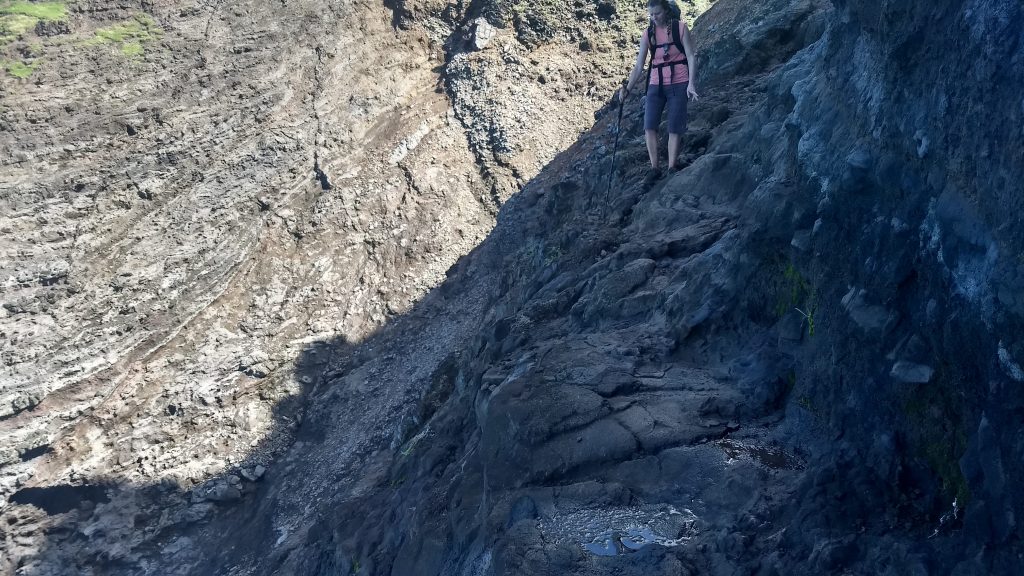
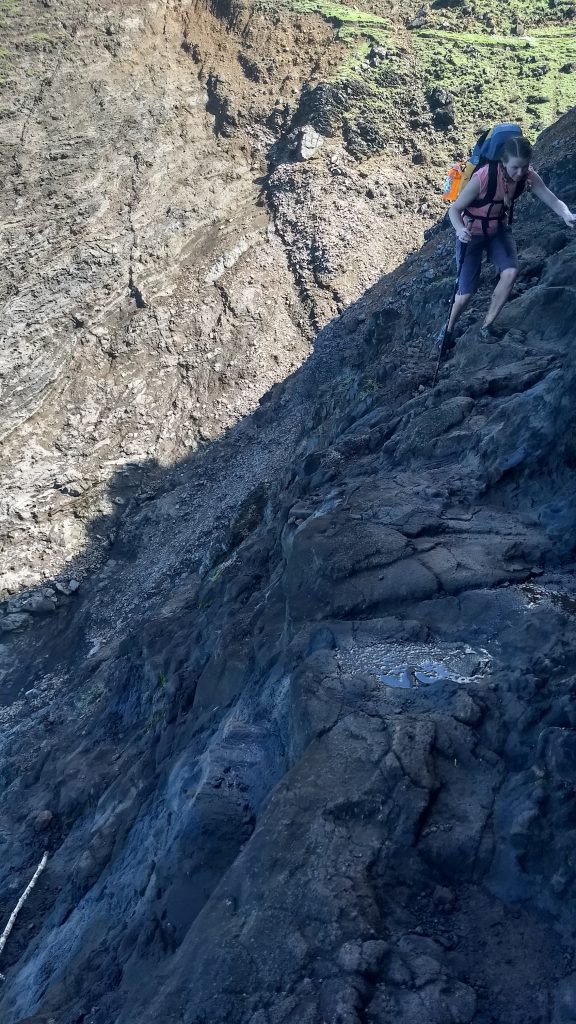
With the sun shining, it was quite warm on parts of the trail. There was high humidity and not a lot of breeze on this particular day. Some spots felt like an oven as we walked through them.
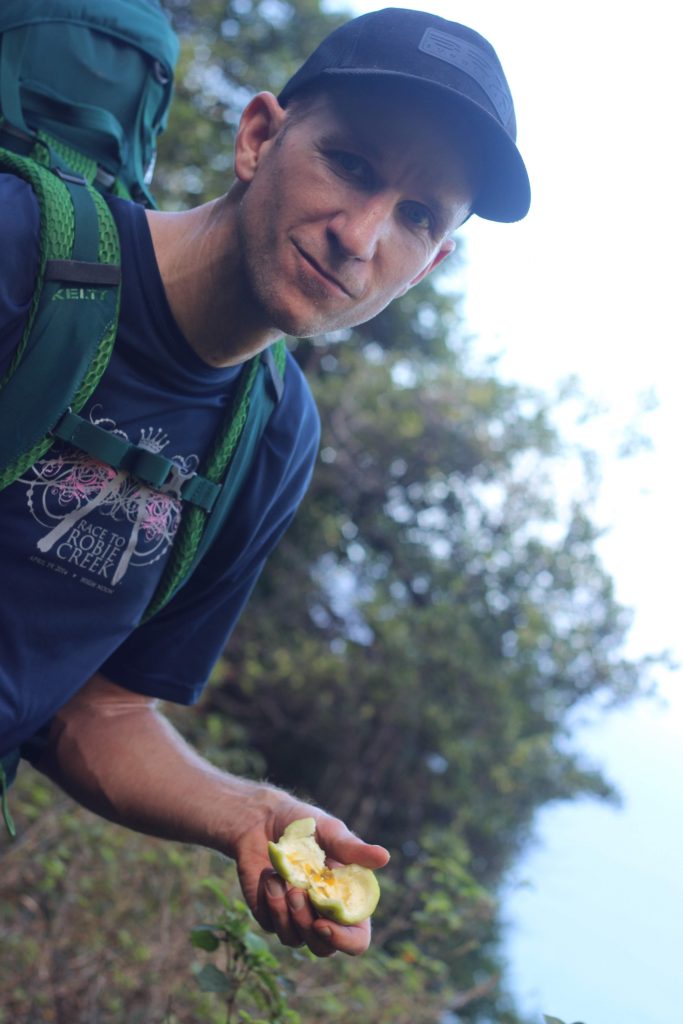
At one point after Crawler’s ledge we stopped at another ocean overlook and ate another bagel. I was scanning the ocean hoping to see a whale and sure enough I spotted one a long way out from the coast. It must have been at least a mile, but I spotted it because it blew a big sprout of water! We were excited to see a few more sprouts. I’d never seen a whale before. A little later we also saw a herd of goats hanging out on a patch of dirt that sloped into the ocean.
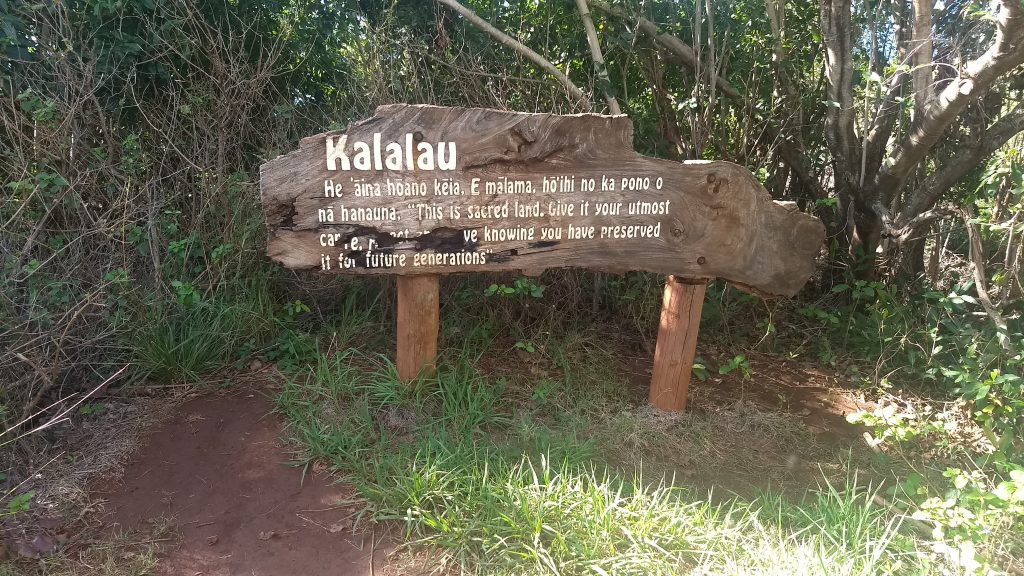
Eventually we rounded a turn and entered Kalalau Valley. We still had over a mile to go before our campsite. Approaching mile 10 we had to descend a long eroded stretch of trail that was pretty difficult on our tired legs. We were dragging after a long day of backpacking. We finally got to the bottom of that stretch and entered a large grove that had a bunch of passion fruit in it. That grove was bisected by the final big stream crossing, Kalalau Stream. This was probably the most difficult crossing, but it wasn’t too bad. I left my shoes on since they were filthy anyways and it made the footing much easier.
Kalalau Beach
We were so happy to see the beach after another ~half mile down the trail! We quickly selected a spot to pitch our tent, and then threw on our swimsuits and headed down to the water. There is plenty of space to camp in the trees right along the trail. If you walk all the way to the end of the trail there are a couple overhangs and some premium spots to camp right next to the beach.
The beach is gorgeous. There is cliff on behind the beach and a waterfall coming down on the south side which disappears into the sand. The valley is composed of towering green mountains that seem to rise directly from the beach below. (We didn’t take the best photo, which is looking from the beach towards the mountains – there are plenty of these online though.)
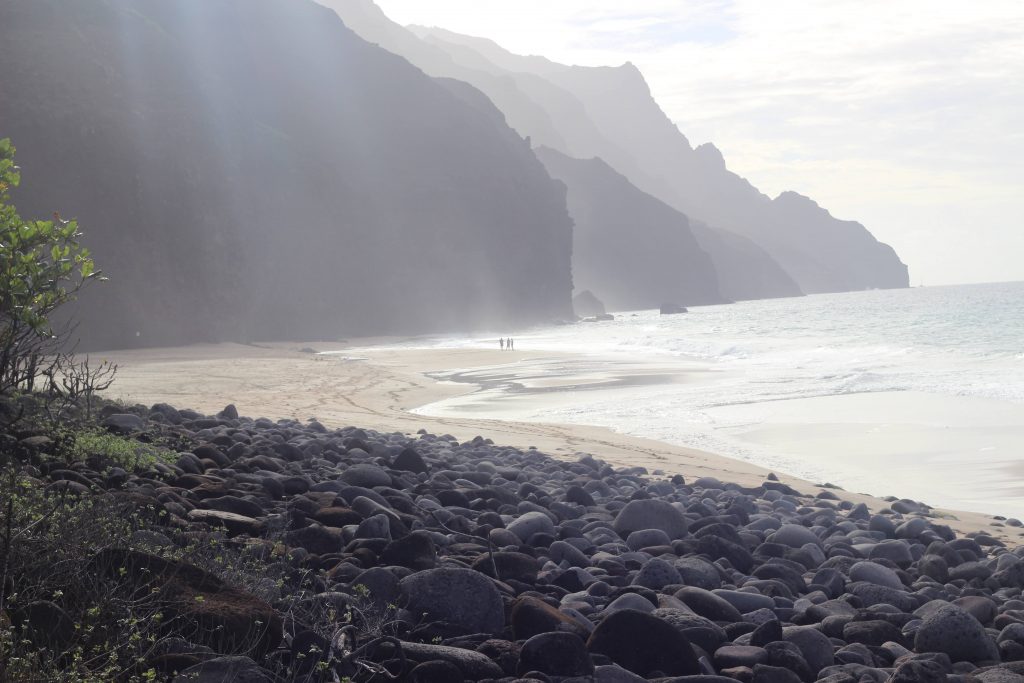
The sun was still out and it was nice to wash off all the dirt and sweat from the day’s hiking. The waves were really tame, so I actually did a little body surfing. This might have been unwise, but I was careful not to go very deep (only just over my waist). We walked along the beach to some cool caves carved into the cliff walls. There were probably 15 other campers in the area that night. Only one had passed us on the trail, so the rest had either camped at Hanakoa or had been at Kalalau Beach for more than one day.
After a swim, we retrieved our stove and Mountain House meals and cooked dinner on the rocks by the sand as the sun went down behind the cliffs. We did a little reading and went to bed really early since it was dark, our home timezone was three hours ahead, we were exhausted, and we couldn’t have a fire. Some of our stuff was pretty wet from the hike so we just hung it on the trees.
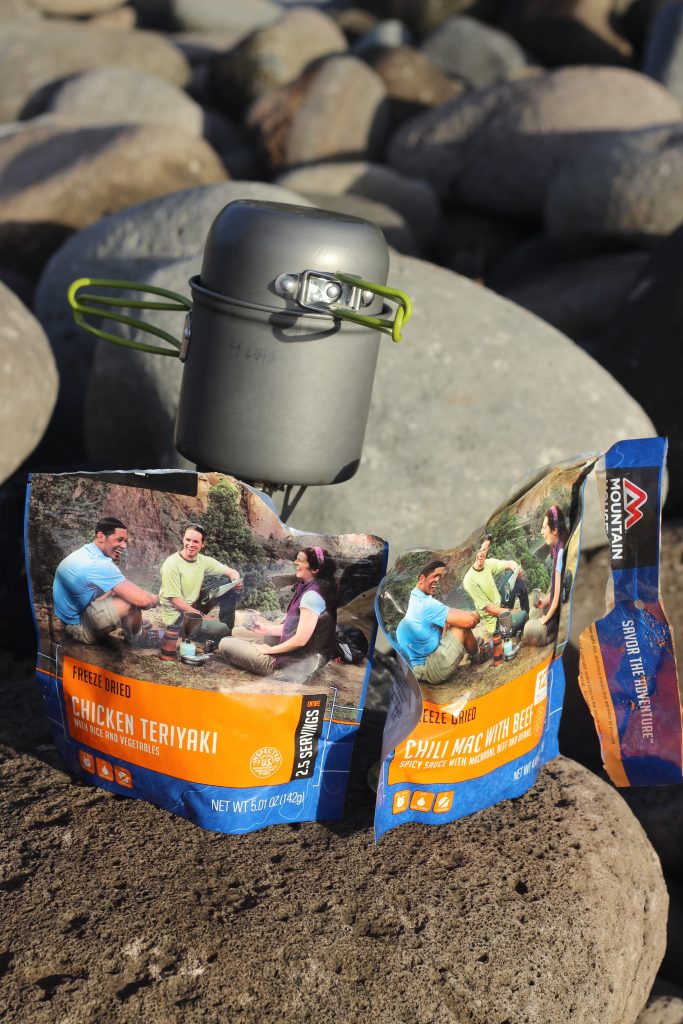
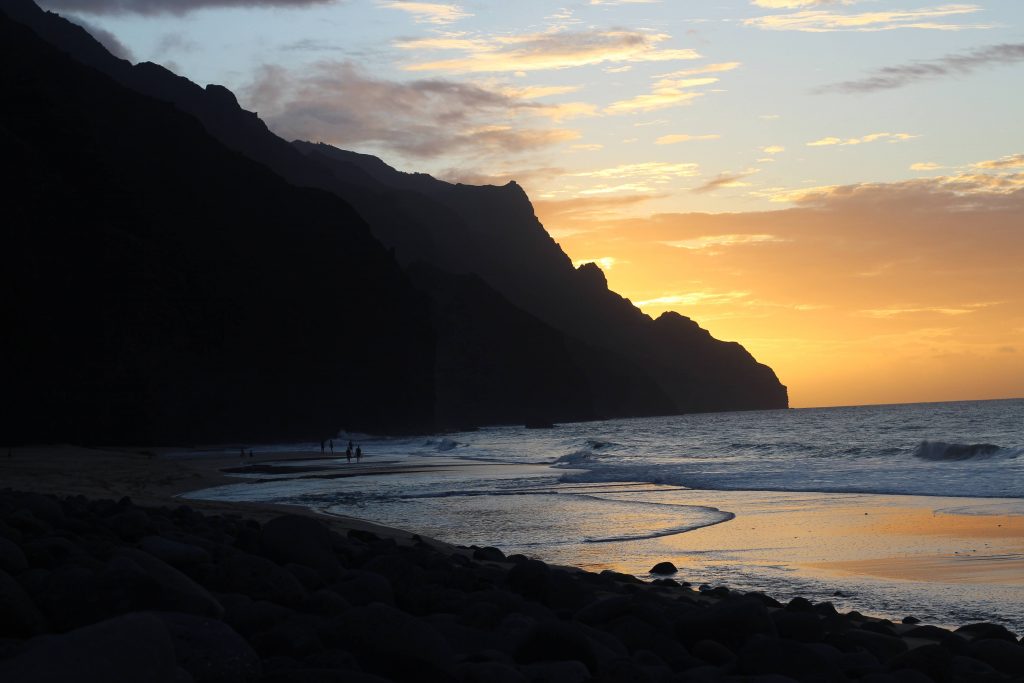
That night it RAINED! It must have started around midnight and then didn’t let up until about 10am. At one point during the night I found a little puddle of water next to me in the tent — the rain had dripped down the side of the tent and through a gap where the two zippers meet. I fixed it by moving the two zippers up. Luckily our tent was pretty waterproof otherwise. I had a small two-man tent, but before the trip I purchased a cheap three-man tent at Walmart to have enough space for our bags. Despite being cheap, it had a nice tarp floor and it held up very well. Thank goodness we had our bags in the tent and out of the rain. Since it was warm, any wetness that got into the tent really didn’t bug me a lot. I was actually hot most of the night as it doesn’t get below 60F in Kauai.
Hiking the Kalalau Trail, Days 2 and 3
When we finally got out of bed, the big concern was whether we’d be able to cross the stream to get out. We took our breakfast to one of the overhangs so we could get out of the rain at least. Streams of water were running down the trail. We met another couple who had the same concern and decided to hike out together to help each other cross the stream. Another couple ladies wanted help across as well.
Fortunately the rain had lifted early enough that the stream flow subsided. It was still much more water than the prior afternoon, but we carefully forded it with a couple of us anchoring in and then helping each other across.
We then had a very pleasant hike back to Hanakoa Valley. It was overcast with some wind, but it wasn’t raining and I hiked in shorts and a t-shirt again. The waves were enormous, contrasting the mild ocean just the day before. When we got to Crawler’s Ledge, the mist from the ocean waves battering the cliffs reached all the way up to us. Sometimes the waves would bounce off the cliffs and then crash into the waves behind them and spew water into the air.
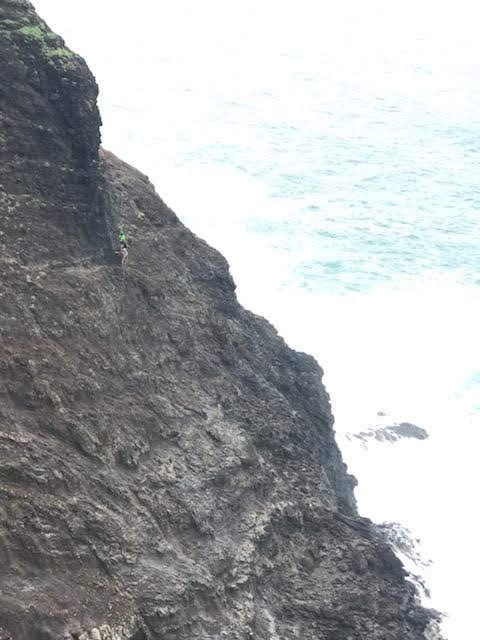
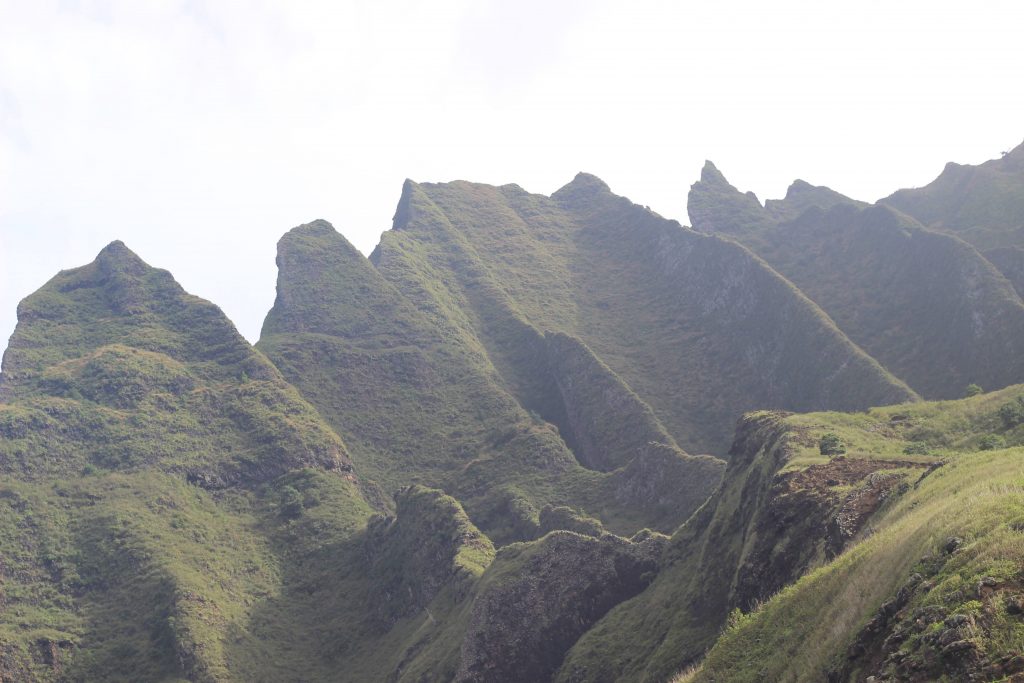
The two ladies we crossed the stream with went ahead, but Cyndi and I hiked the whole way with the couple we met and we quickly became friends. We ended up camping in Hanakoa next to them and playing some card games that night, and then we hiked out the following day with them.
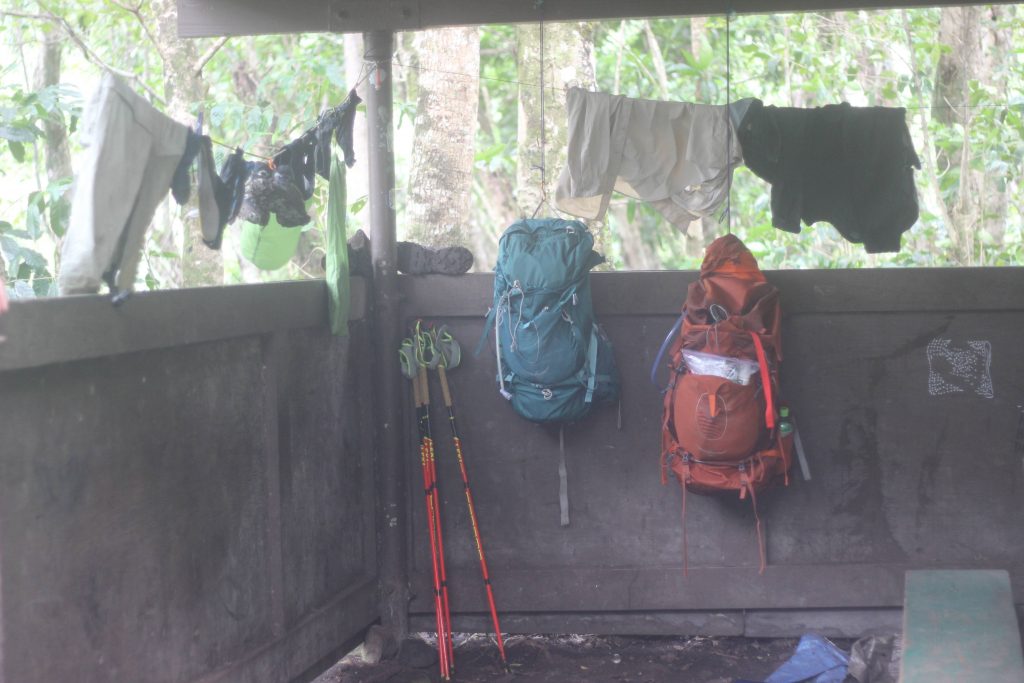
We also made the mile hike to Hanakoa Falls, which was worth the hike. (There are some helpful orange tags on some trees to help guide the way.) I wish I’d jumped in the pool of water under the waterfall, but I was rather cold from a wet, windy day and from rinsing off in Hanakoa Stream.
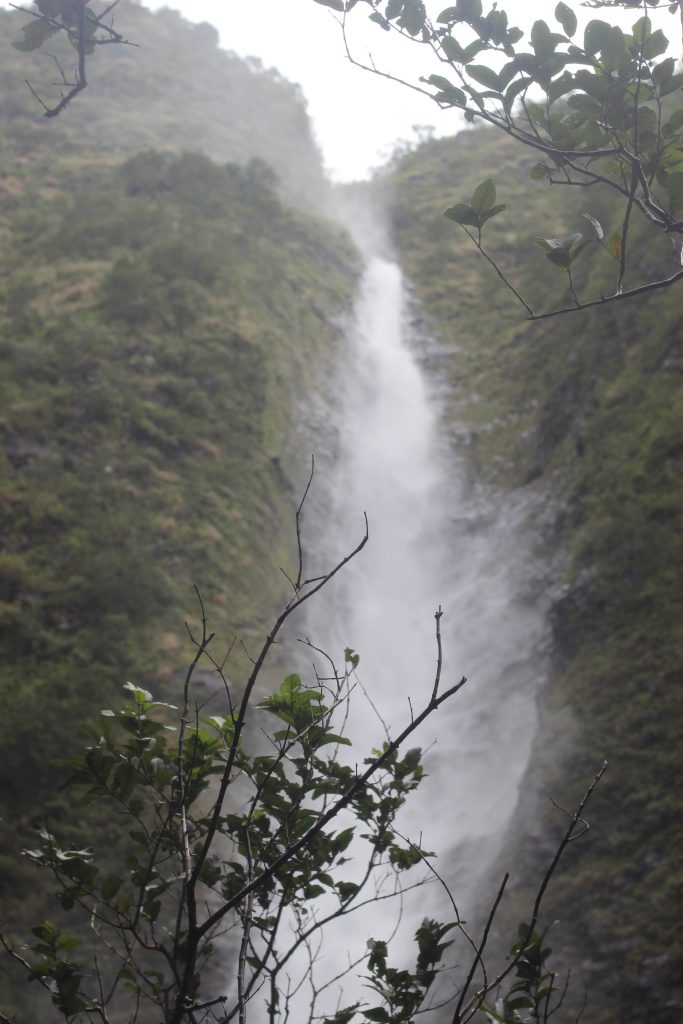
We kept waiting to cross paths with the South Korean. We never saw him, and when we arrived at the camping spots we saw that his spot literally had a stream of water flowing through it. We felt really bad that he must have had a very wet night.
We woke up early in the morning to finish hiking out the Kalalau Trail. We had 6 miles to go and we were rather worn out.
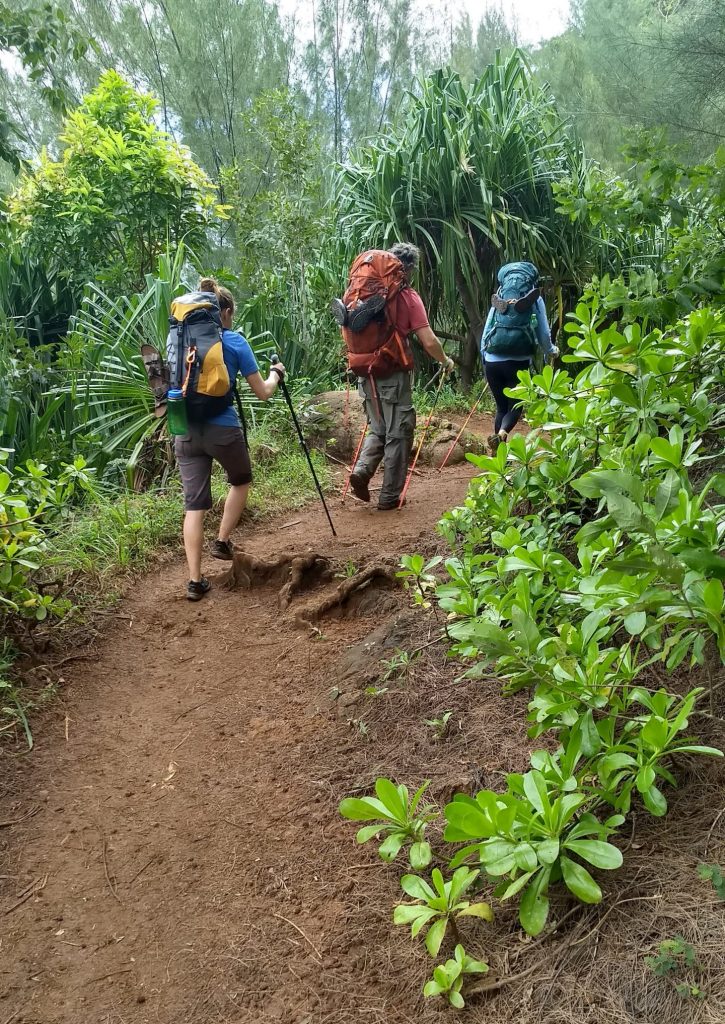
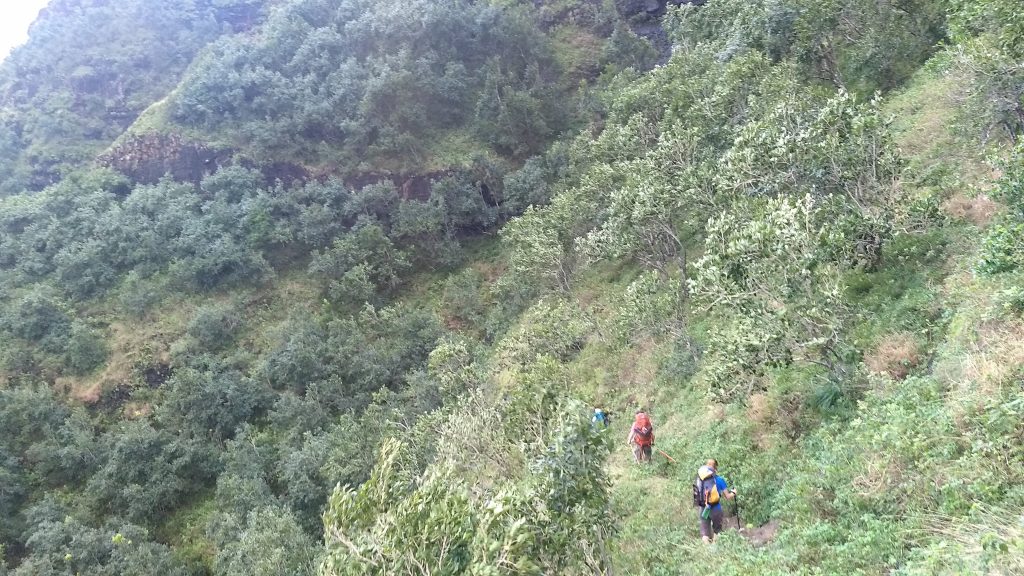
The trail was completely empty until we crossed Hanakapi’ai Stream. Evidently, the trail had been closed the day before due to the rain, which was no surprise to us. The last two miles was full of people making the day hike to Hanakapi’ai Falls.
We made it to our car by 11am after a very successful trip. Our car hadn’t been touched.
Backpacking the Kalalau Trail was truly the trip of a lifetime. It was so different to what I’m accustomed to, with lush vegetation, beautiful coastal views, steep green mountains, and moderate temperatures. It was the highlight of our stay on Kaua’i. I hope to do it again someday.
